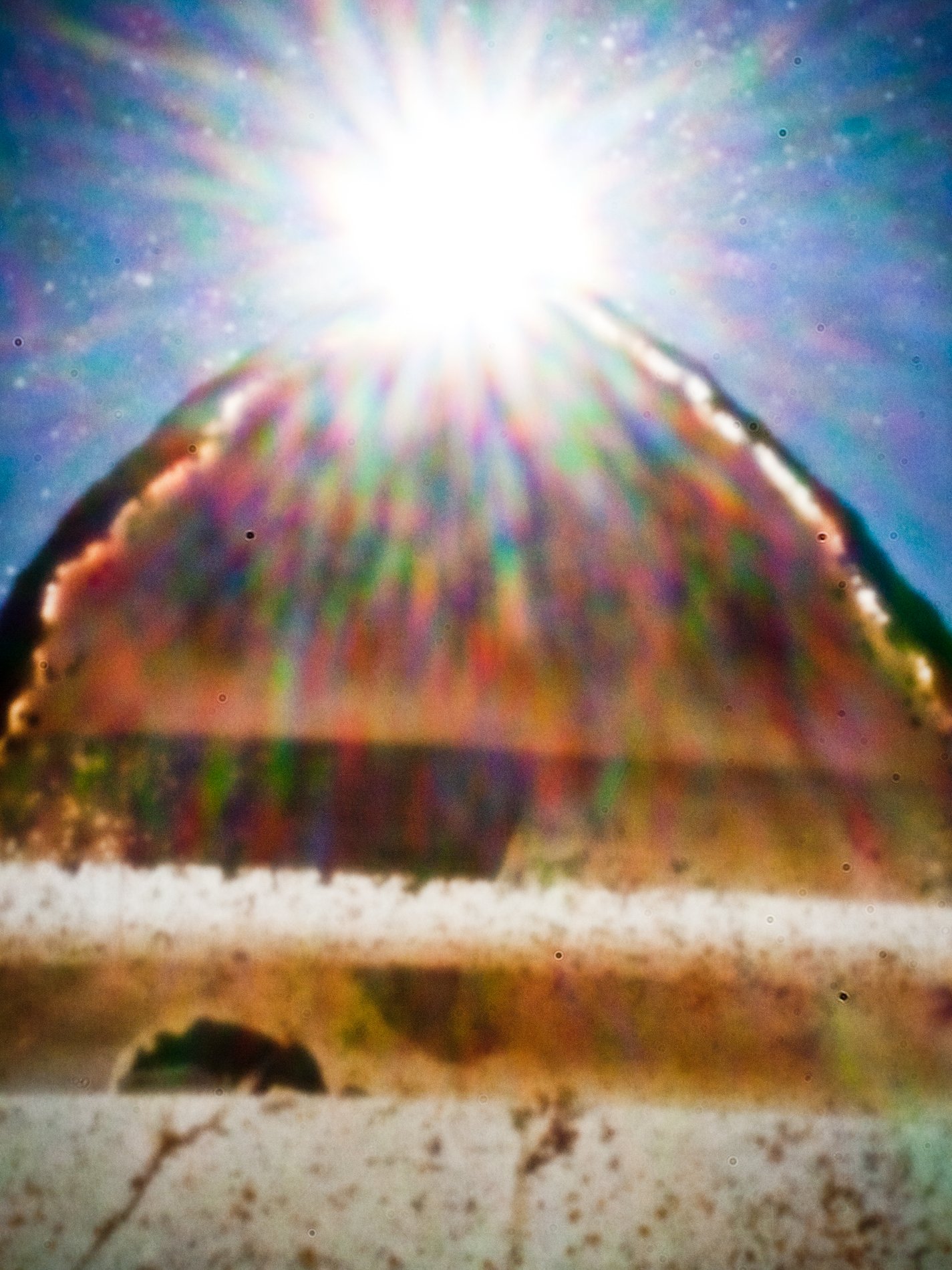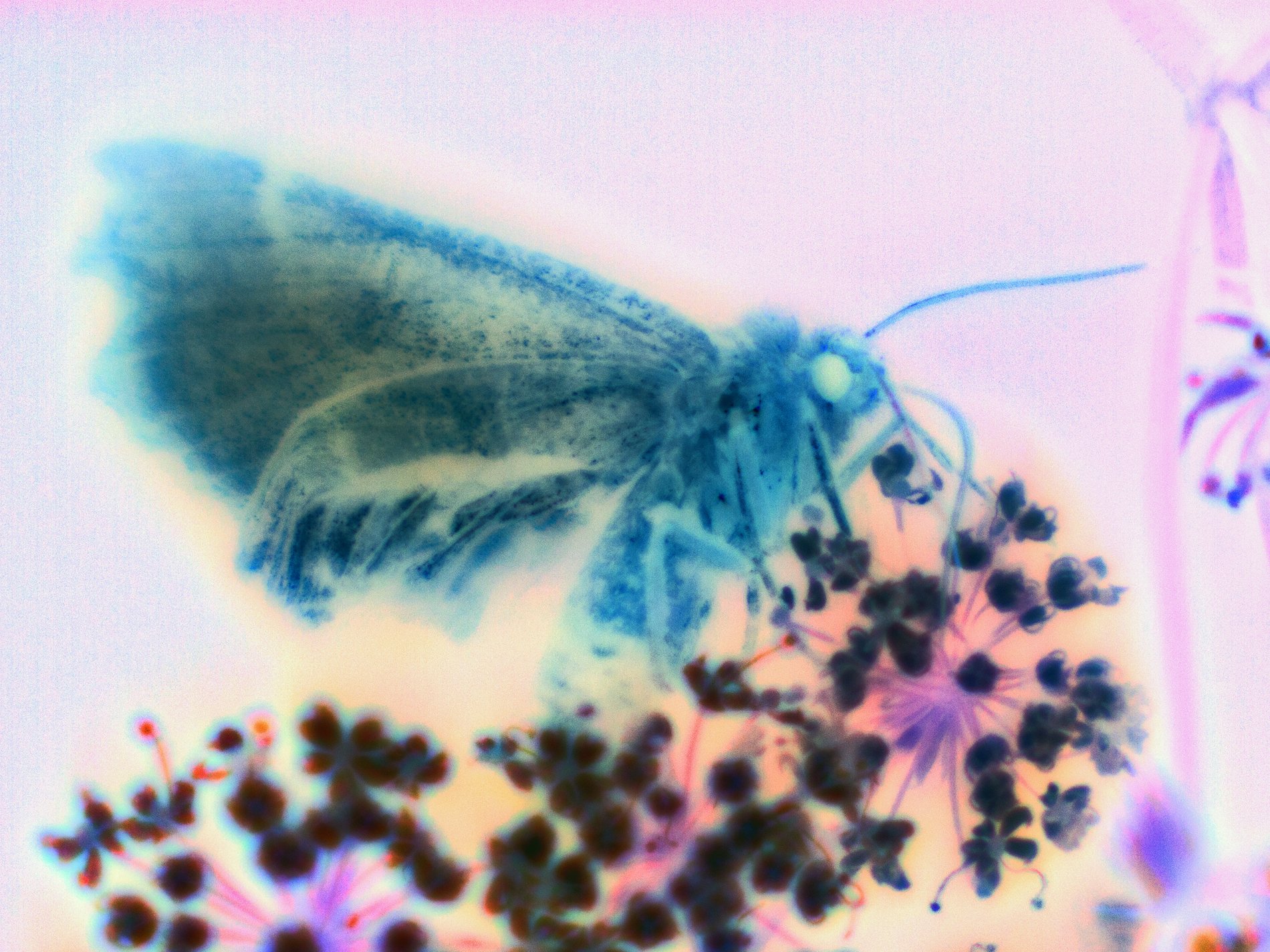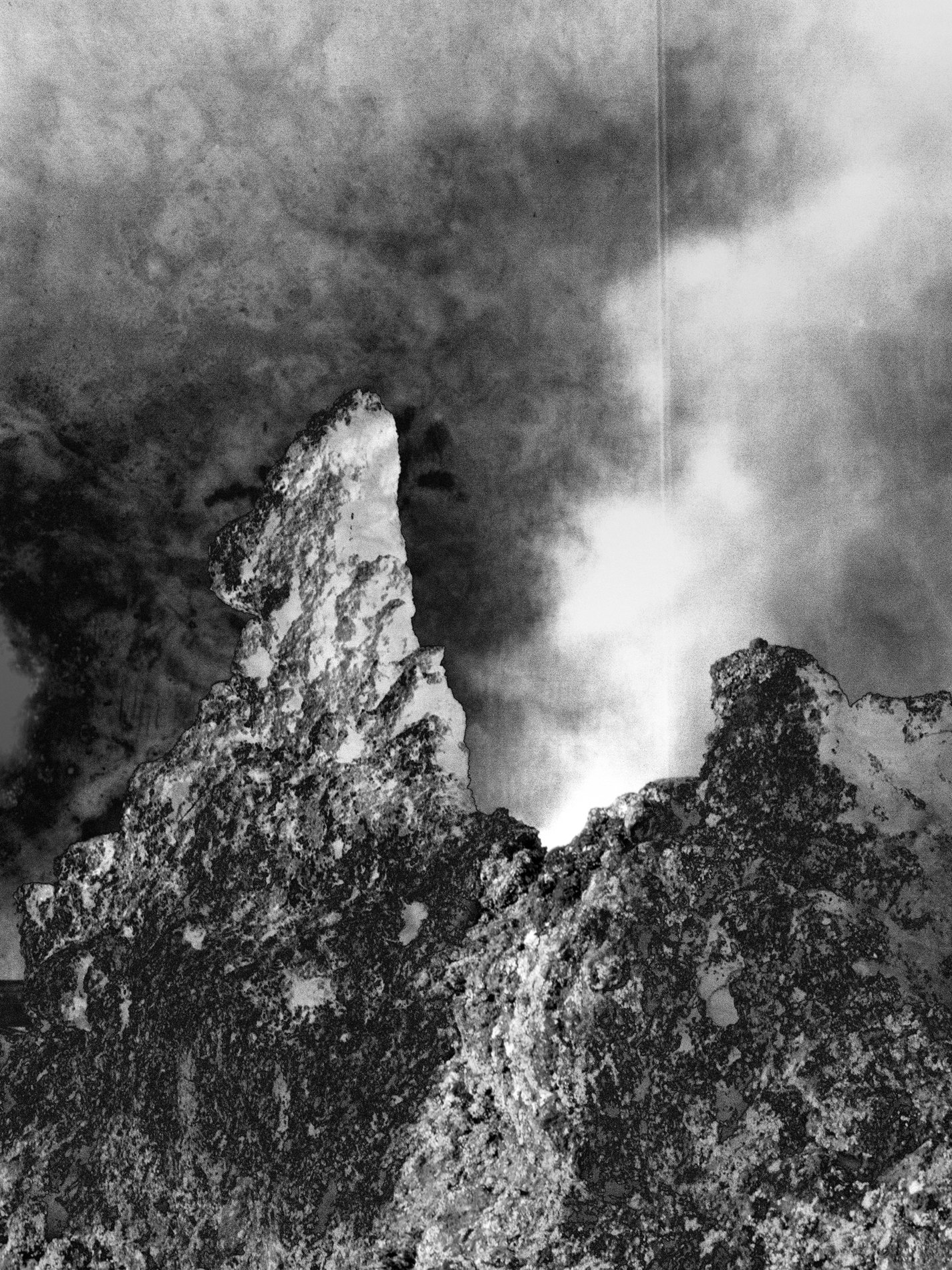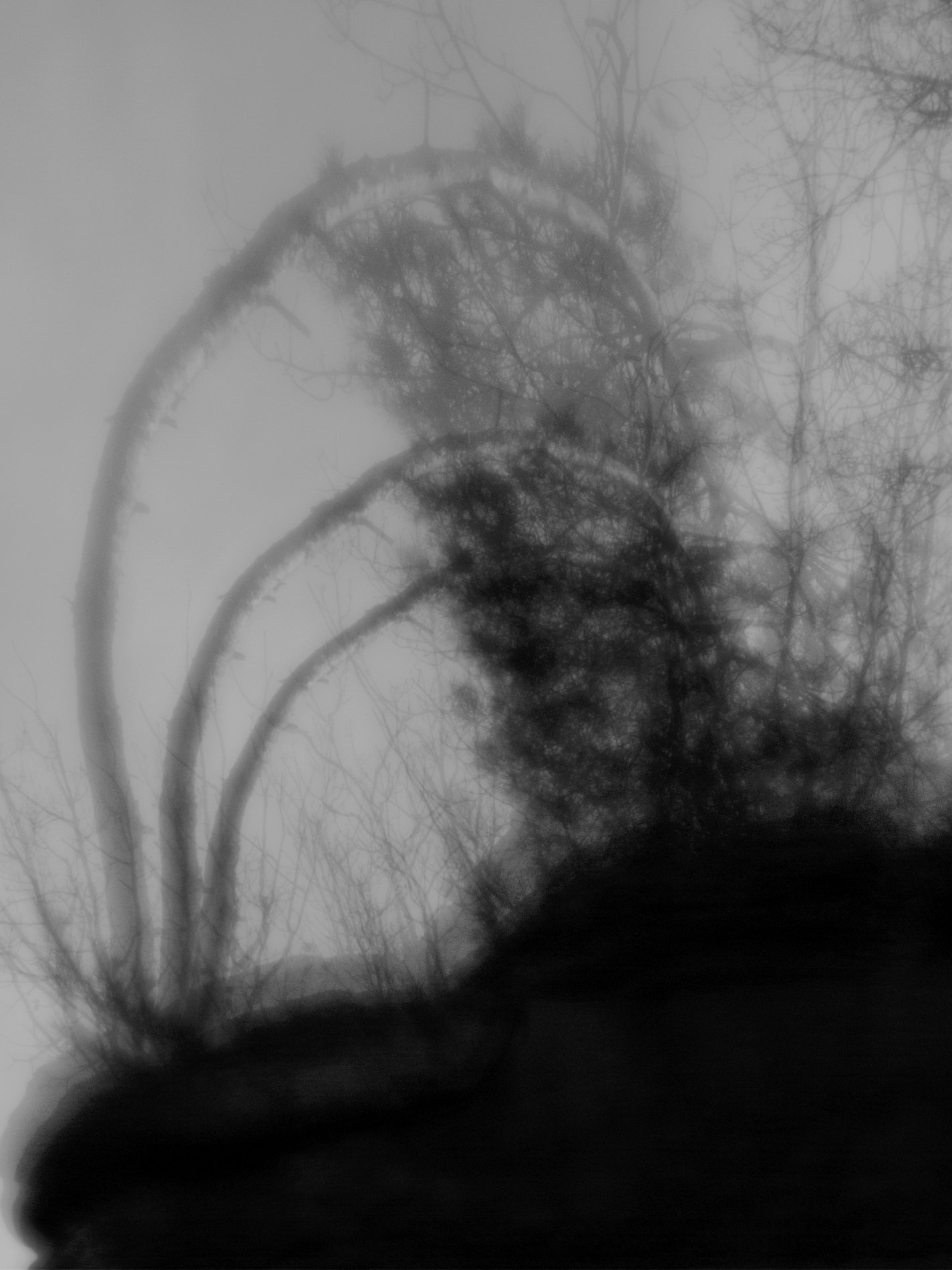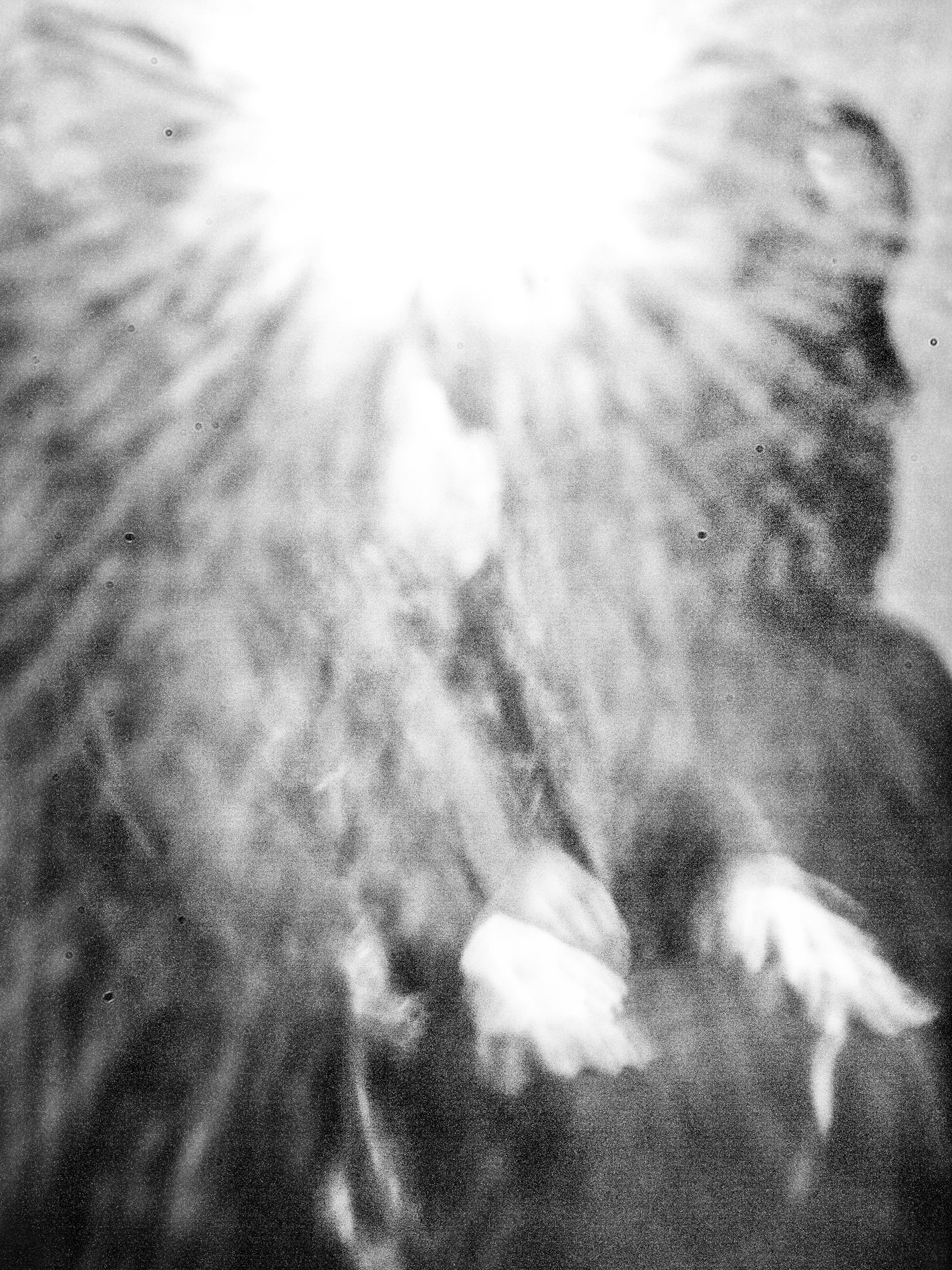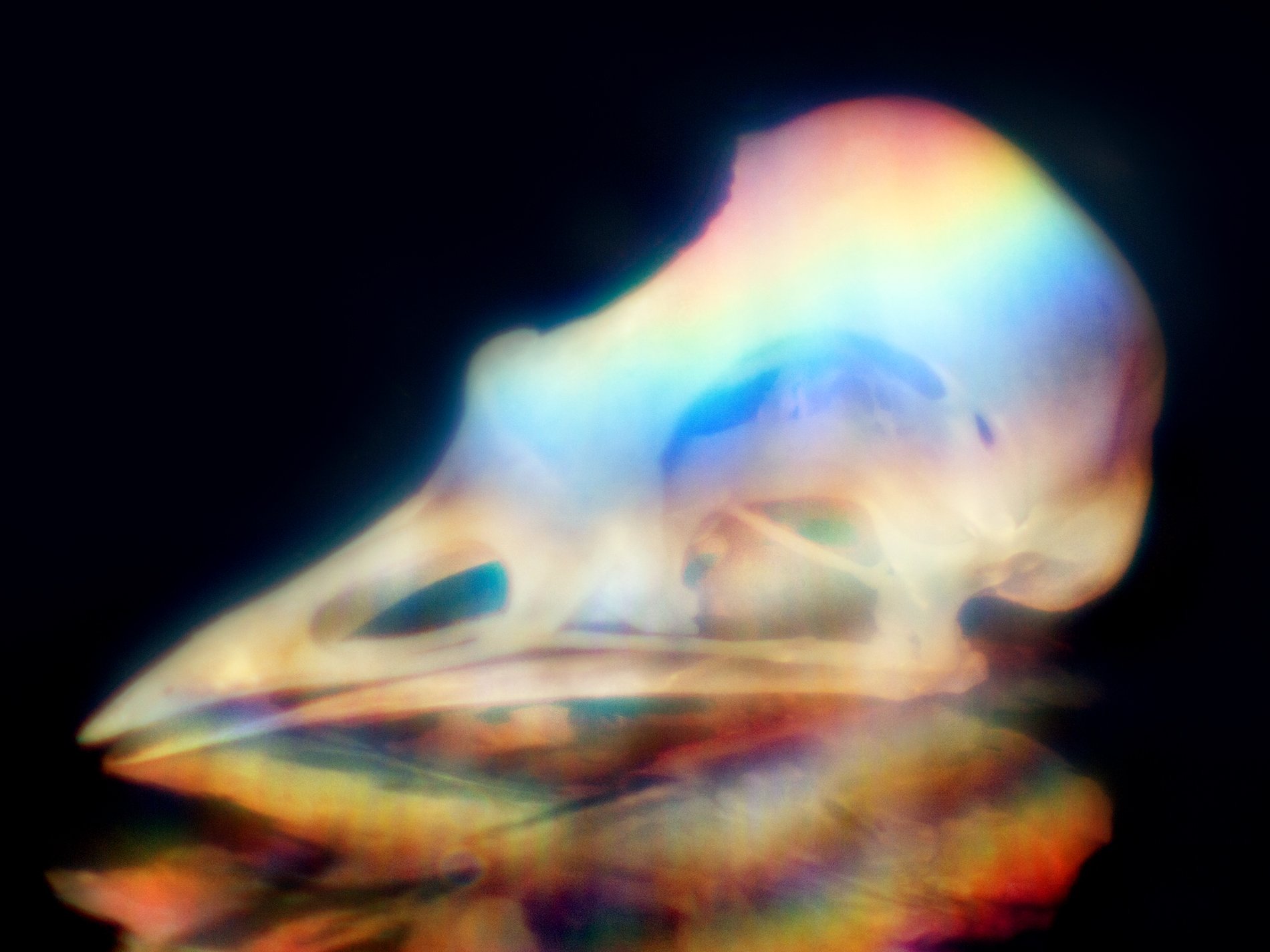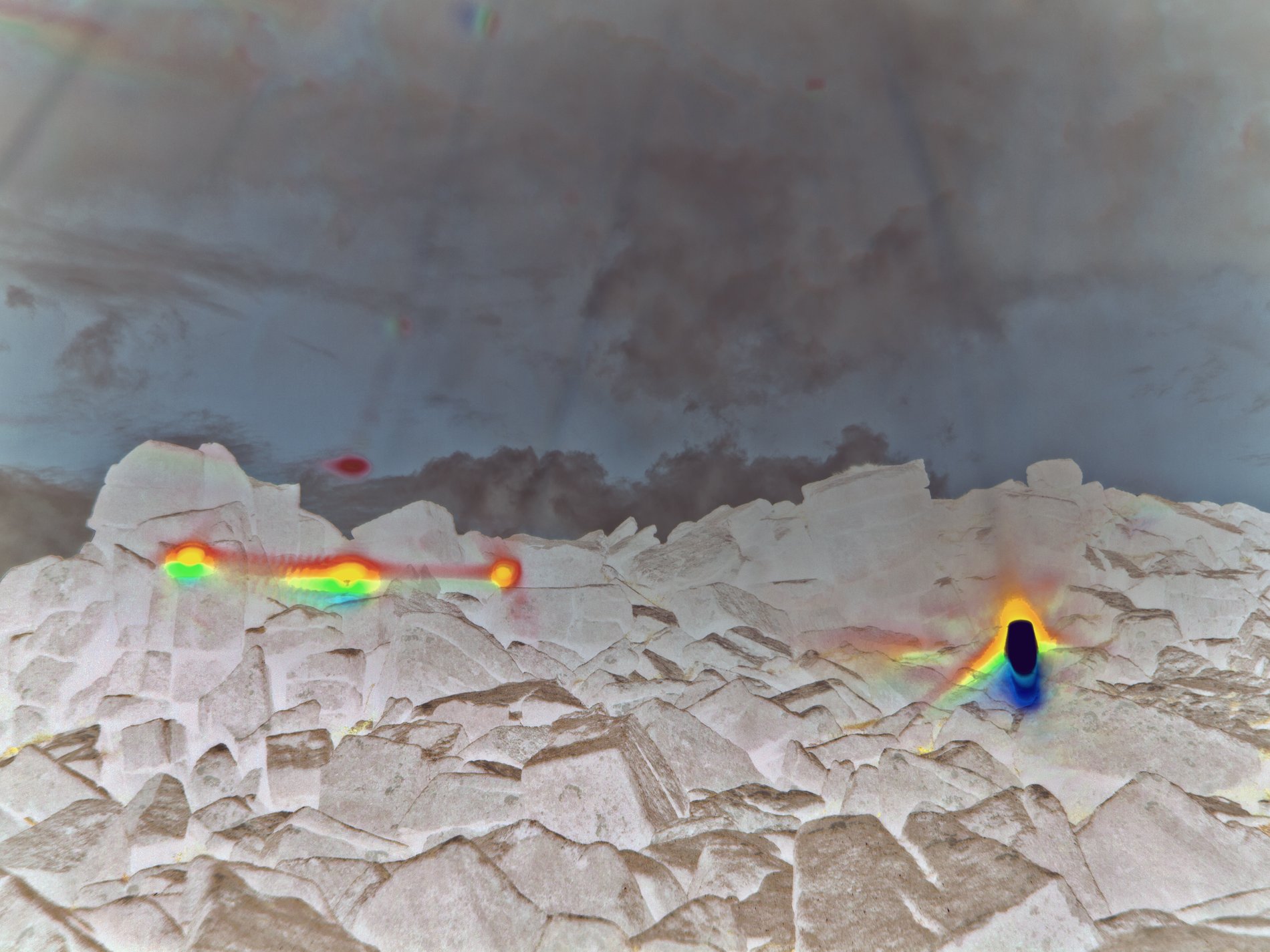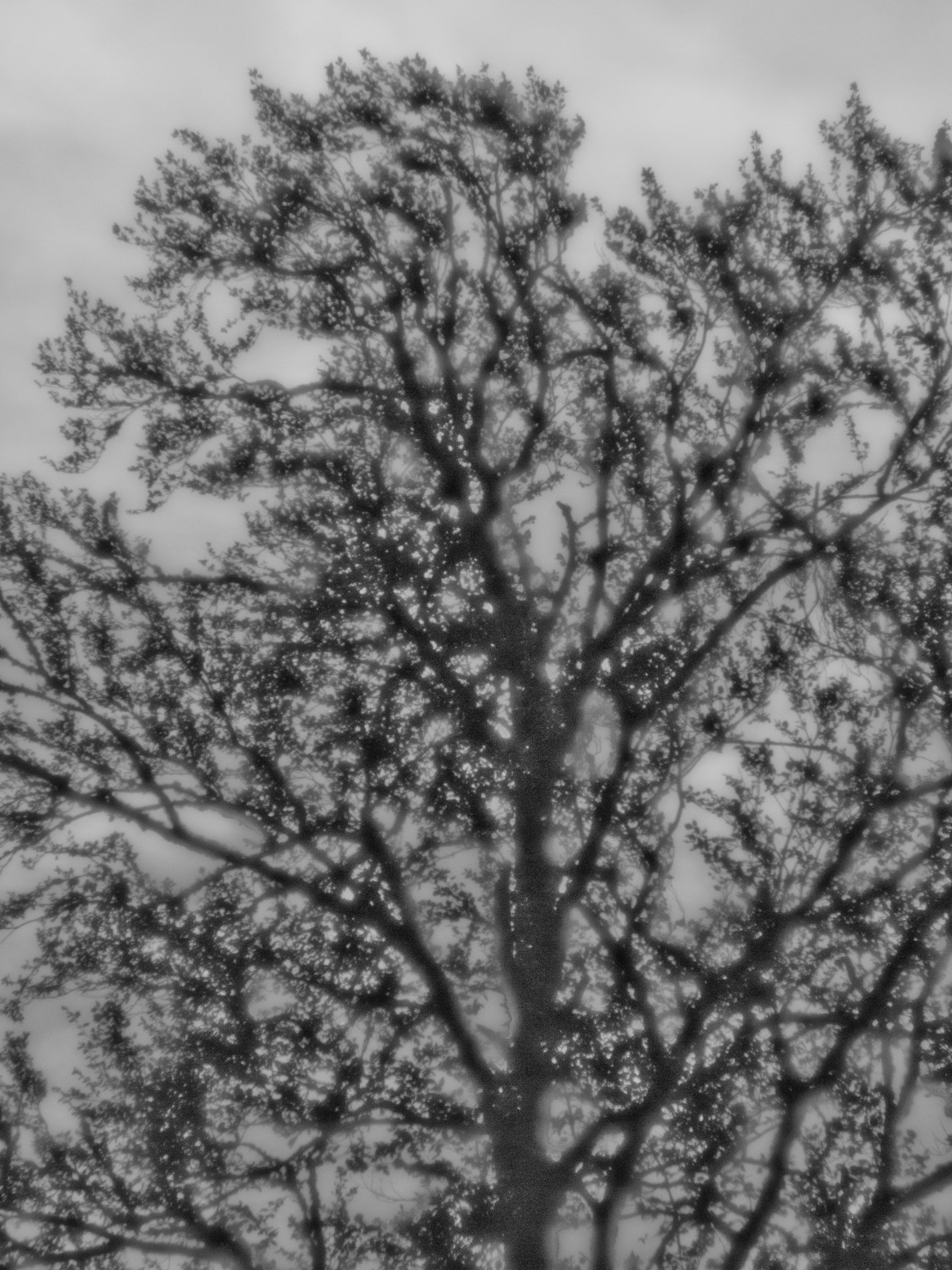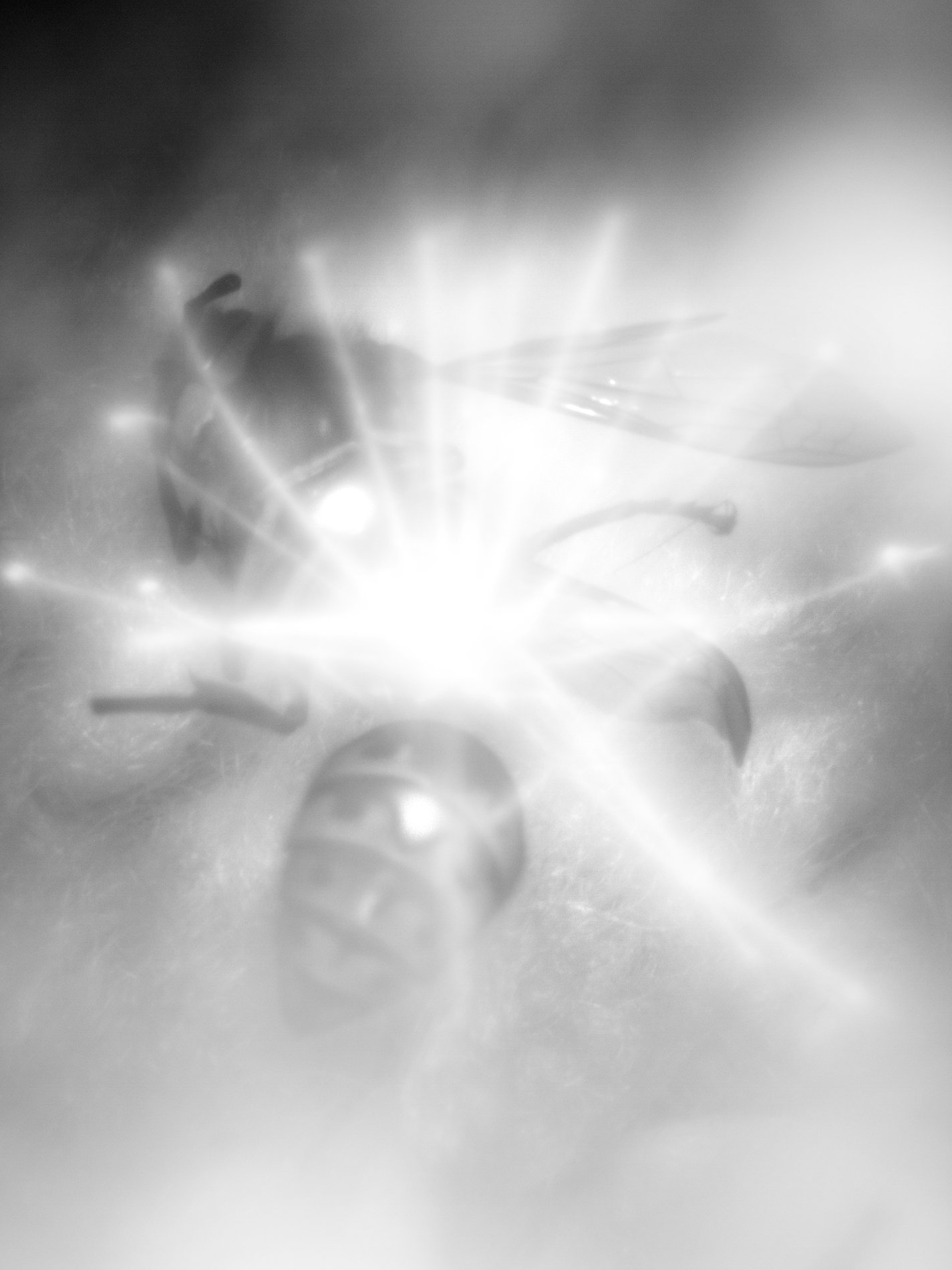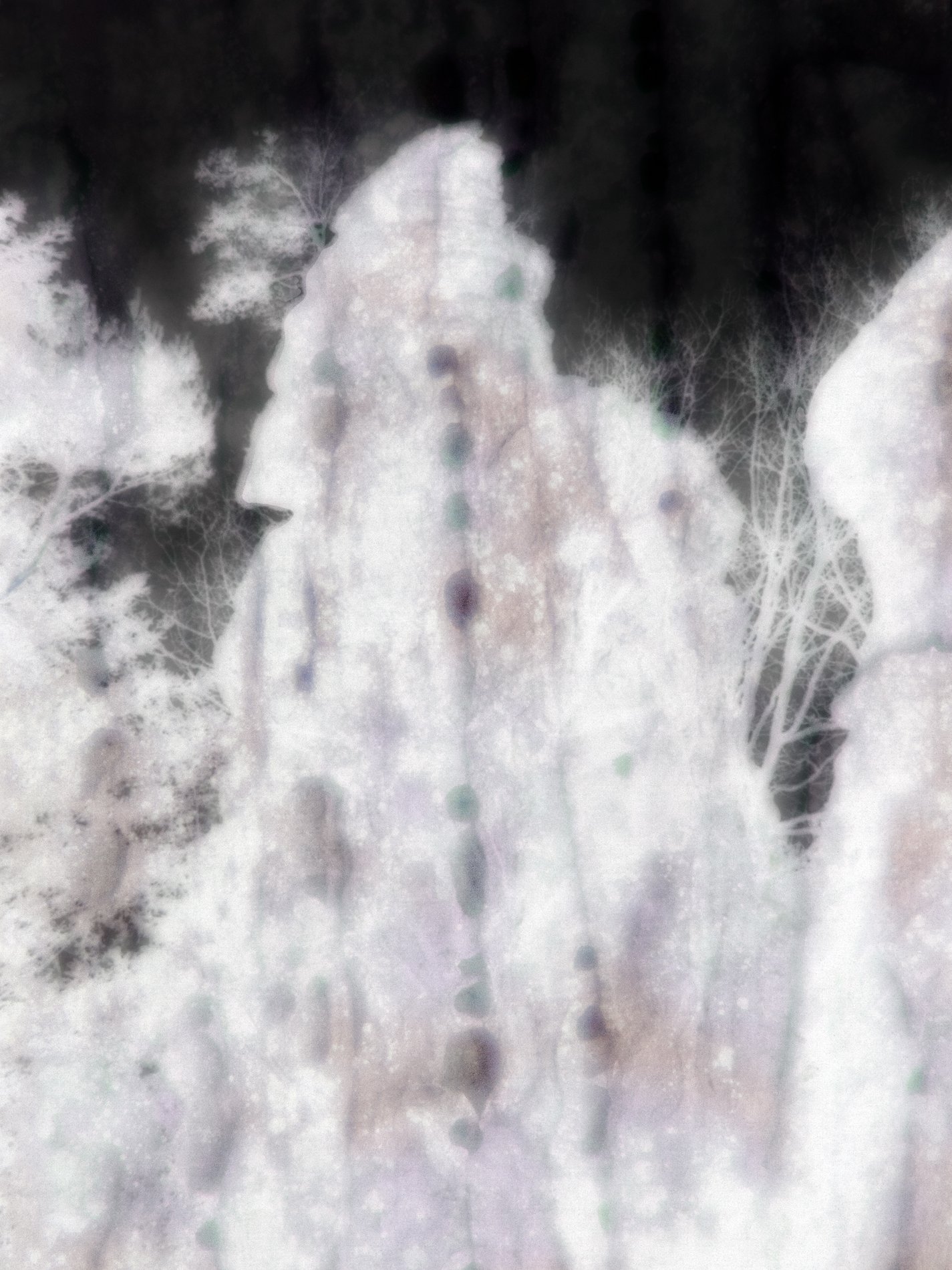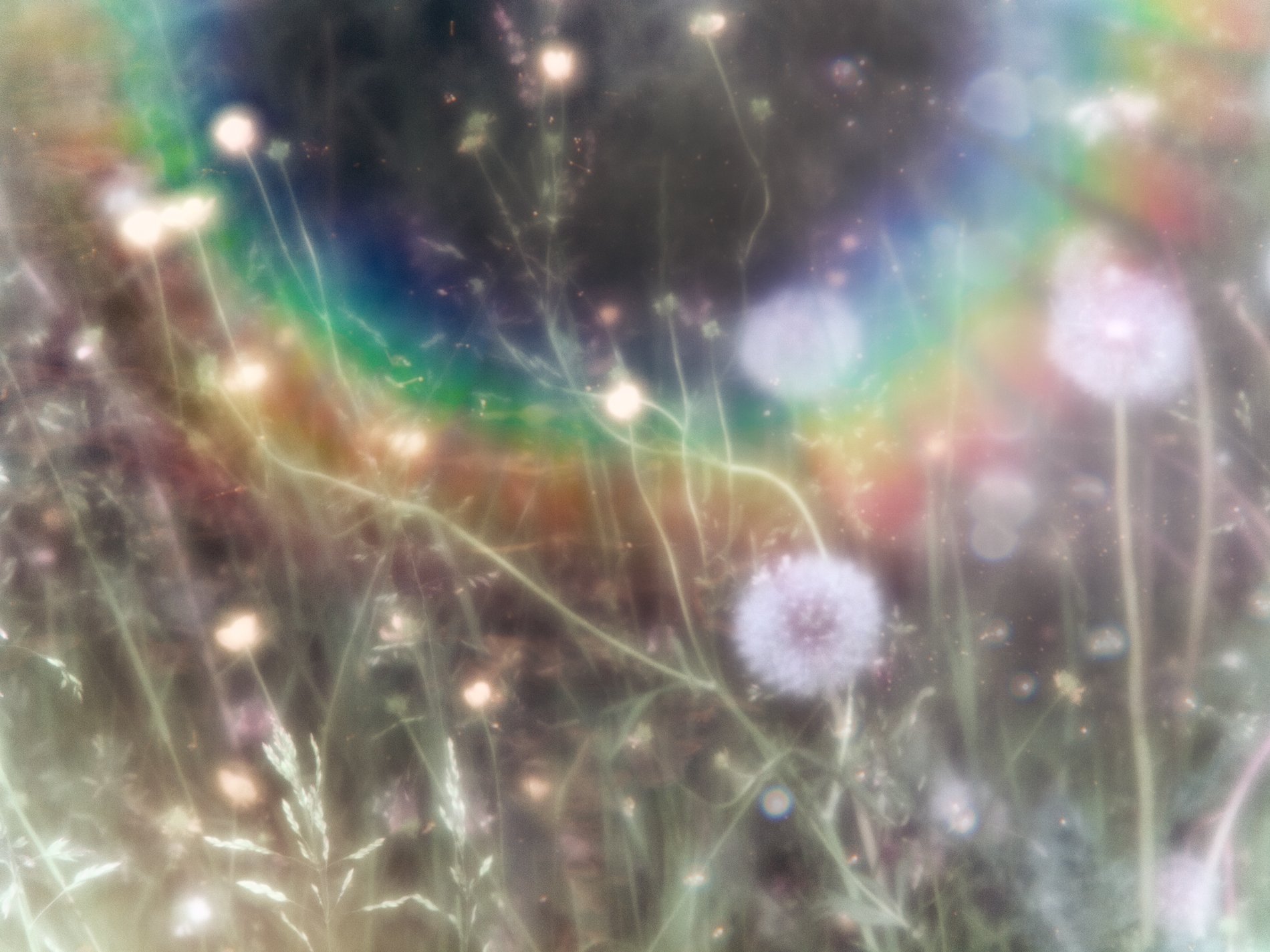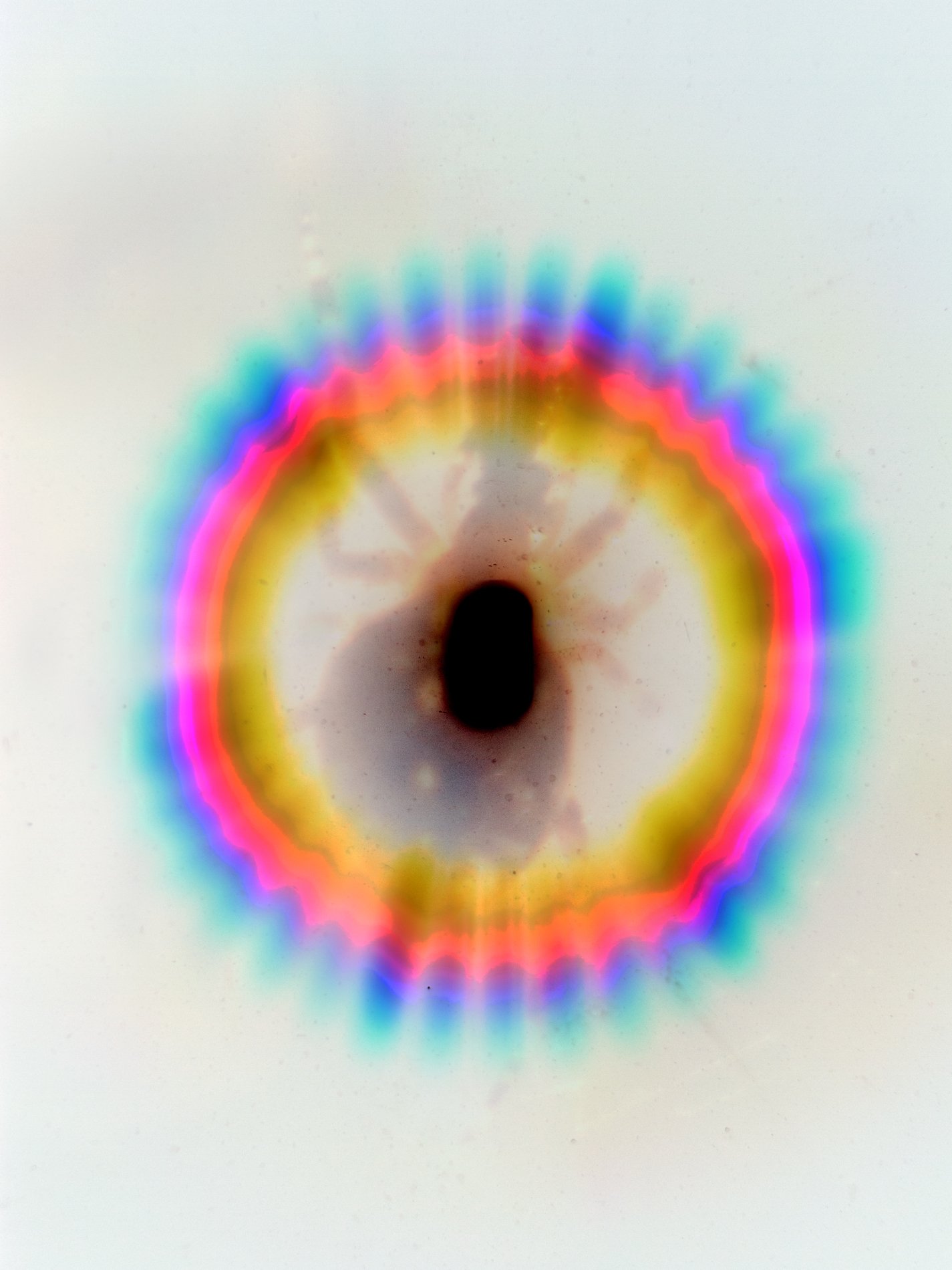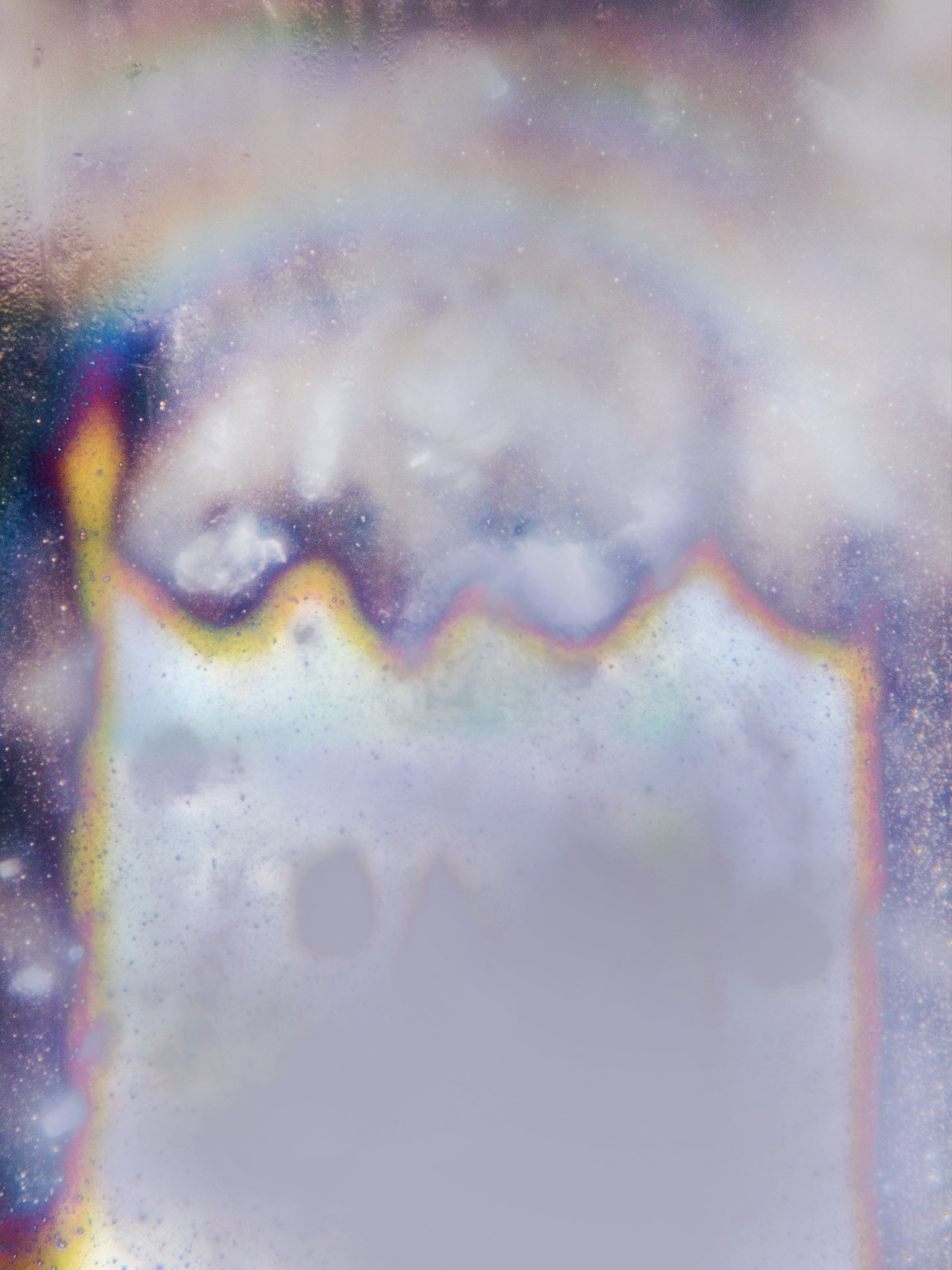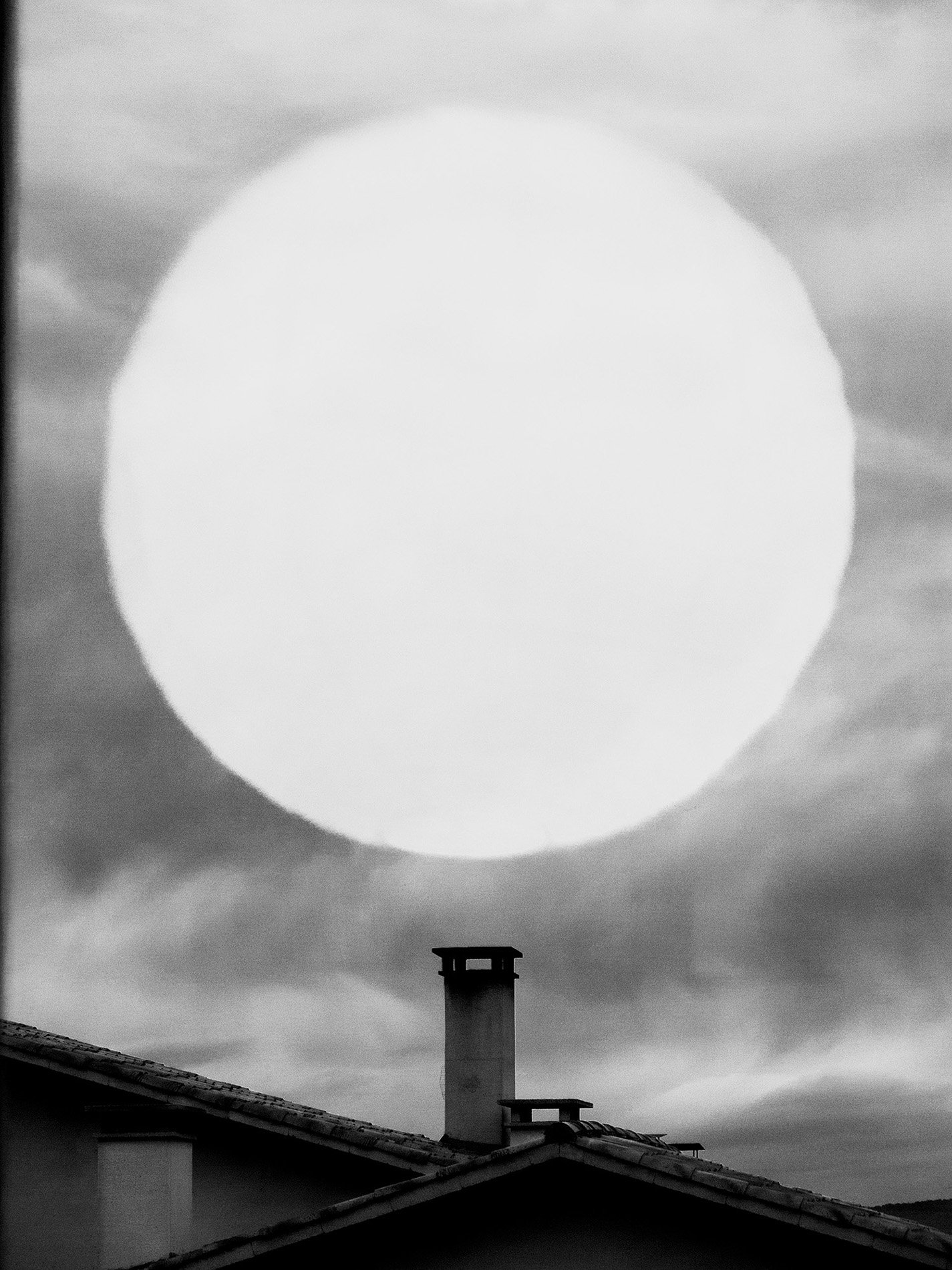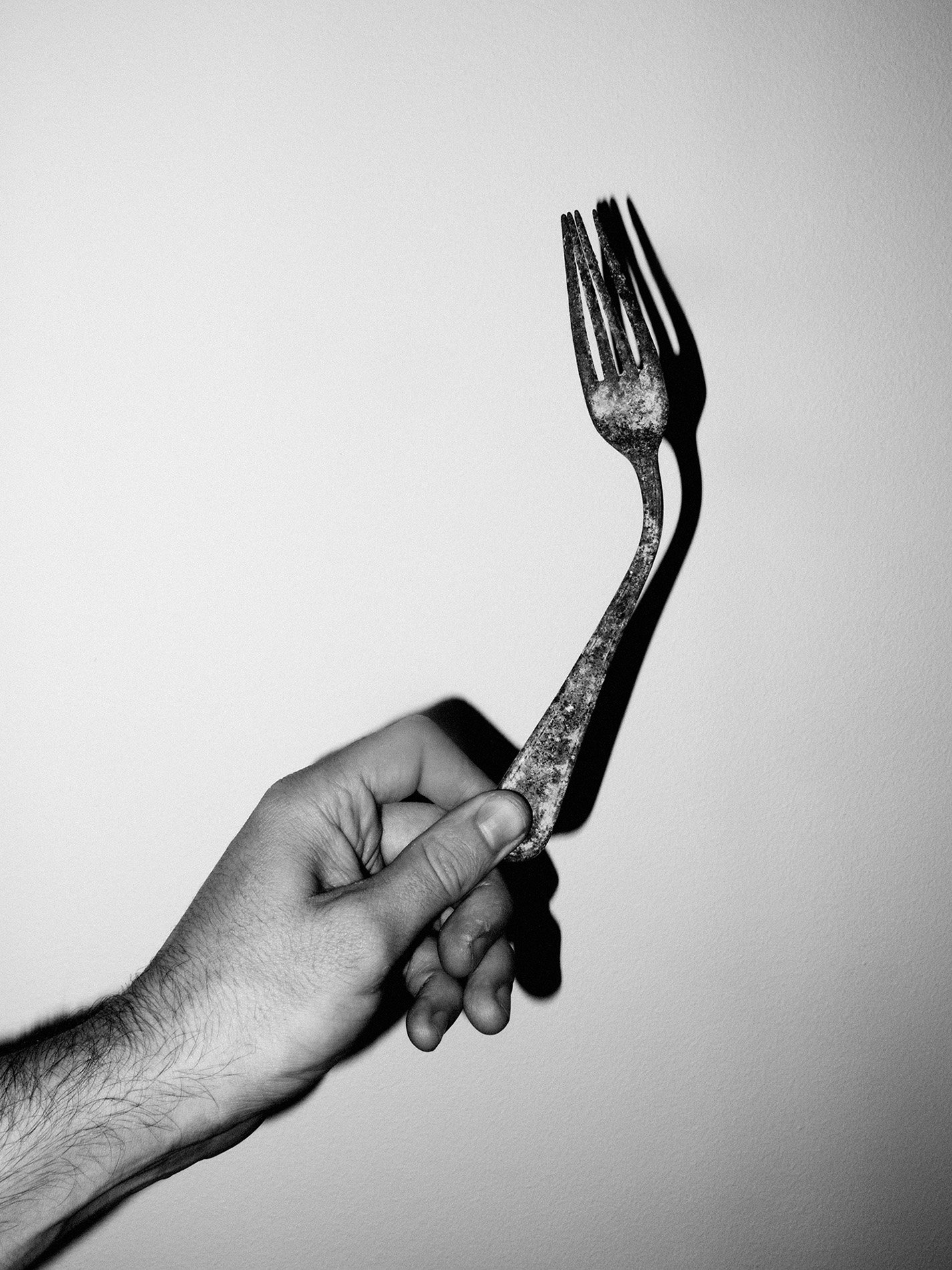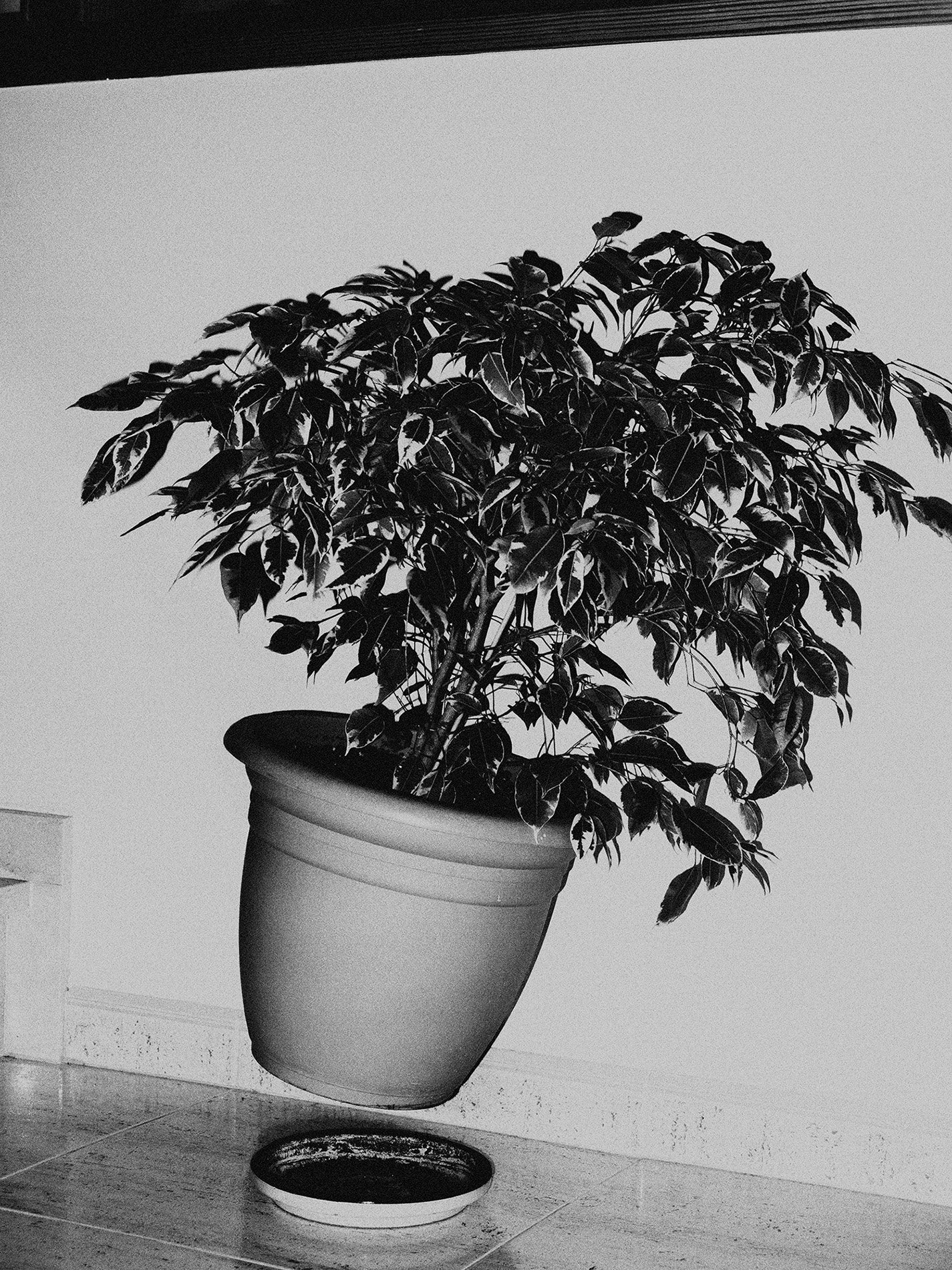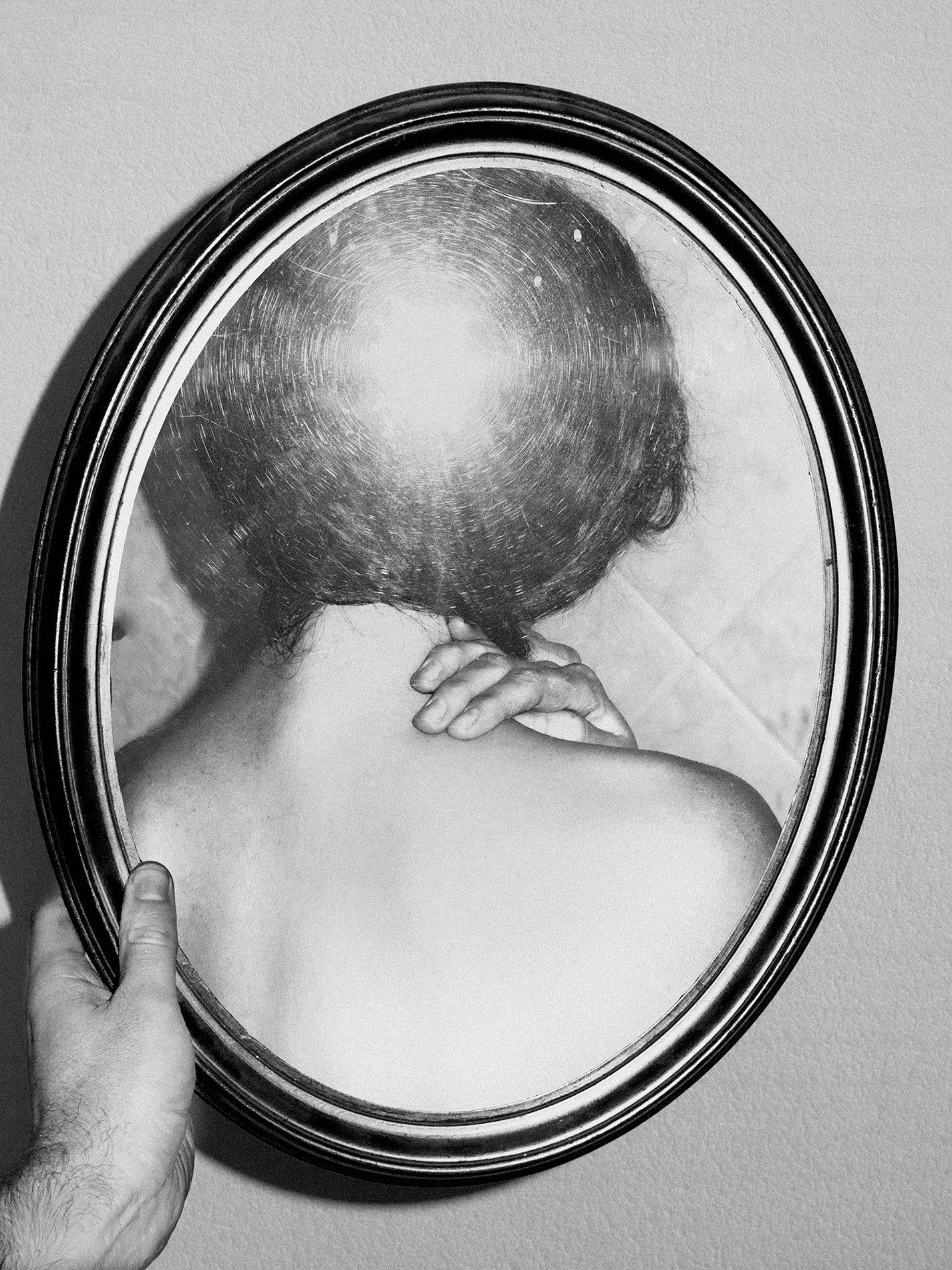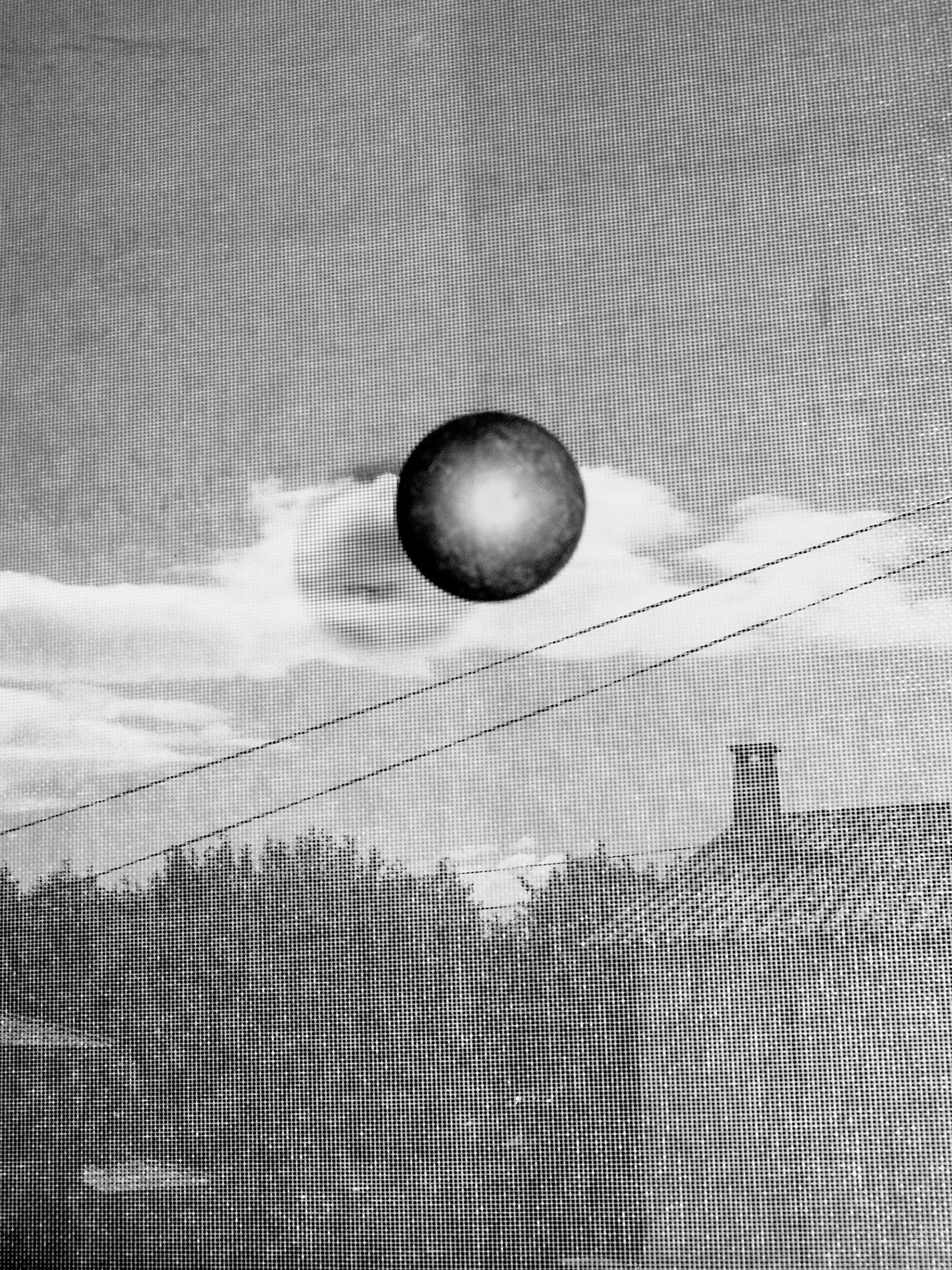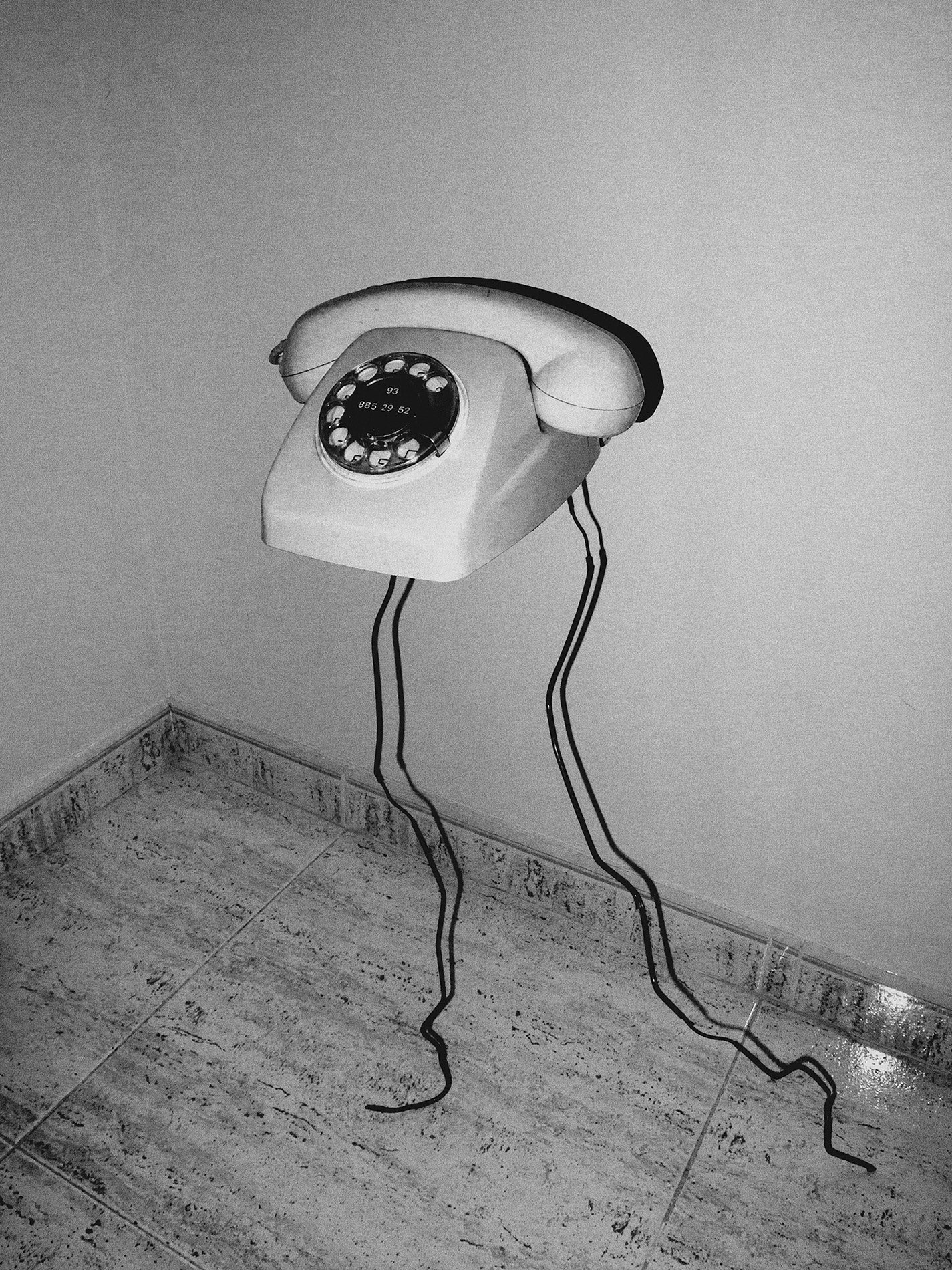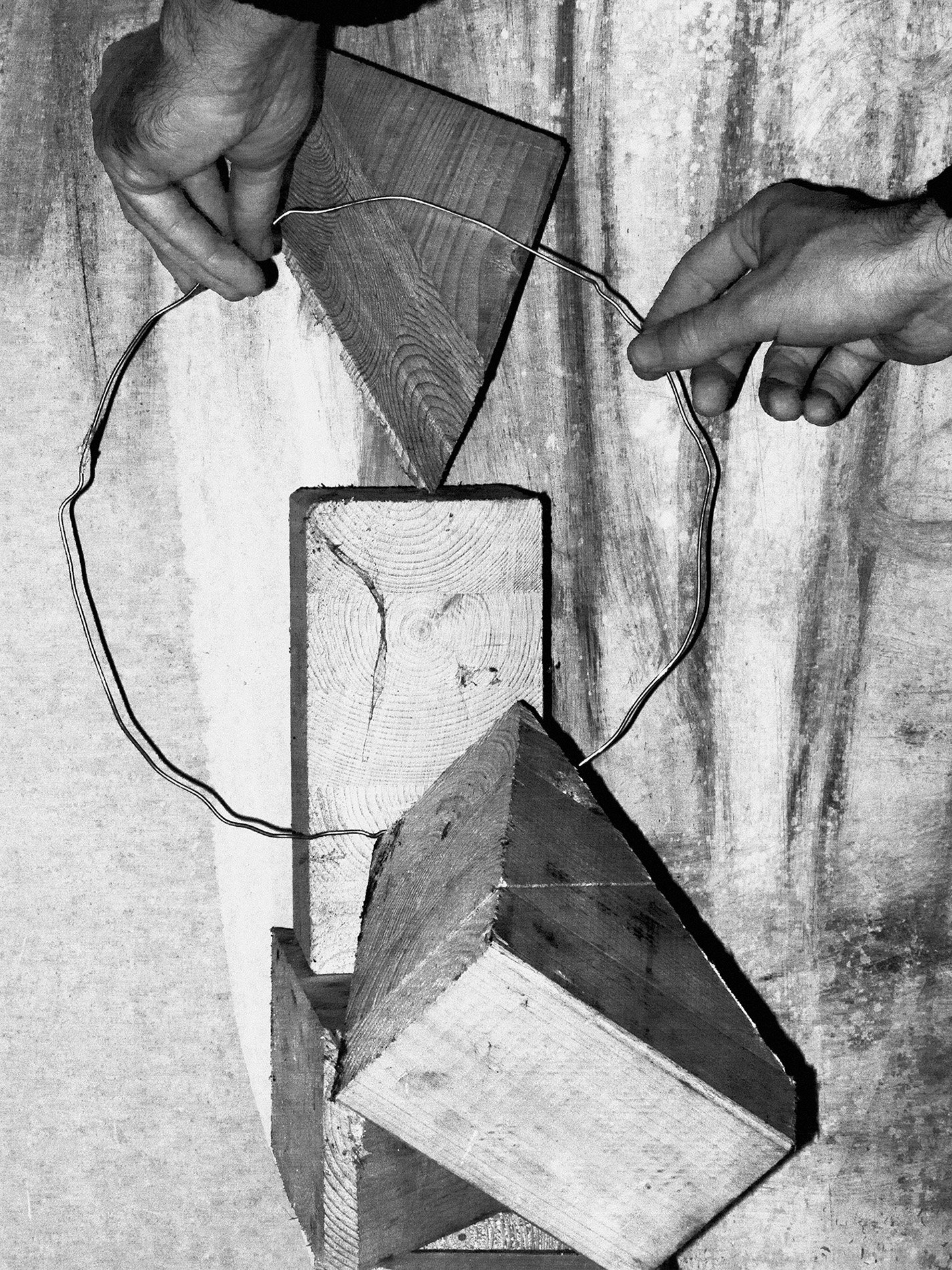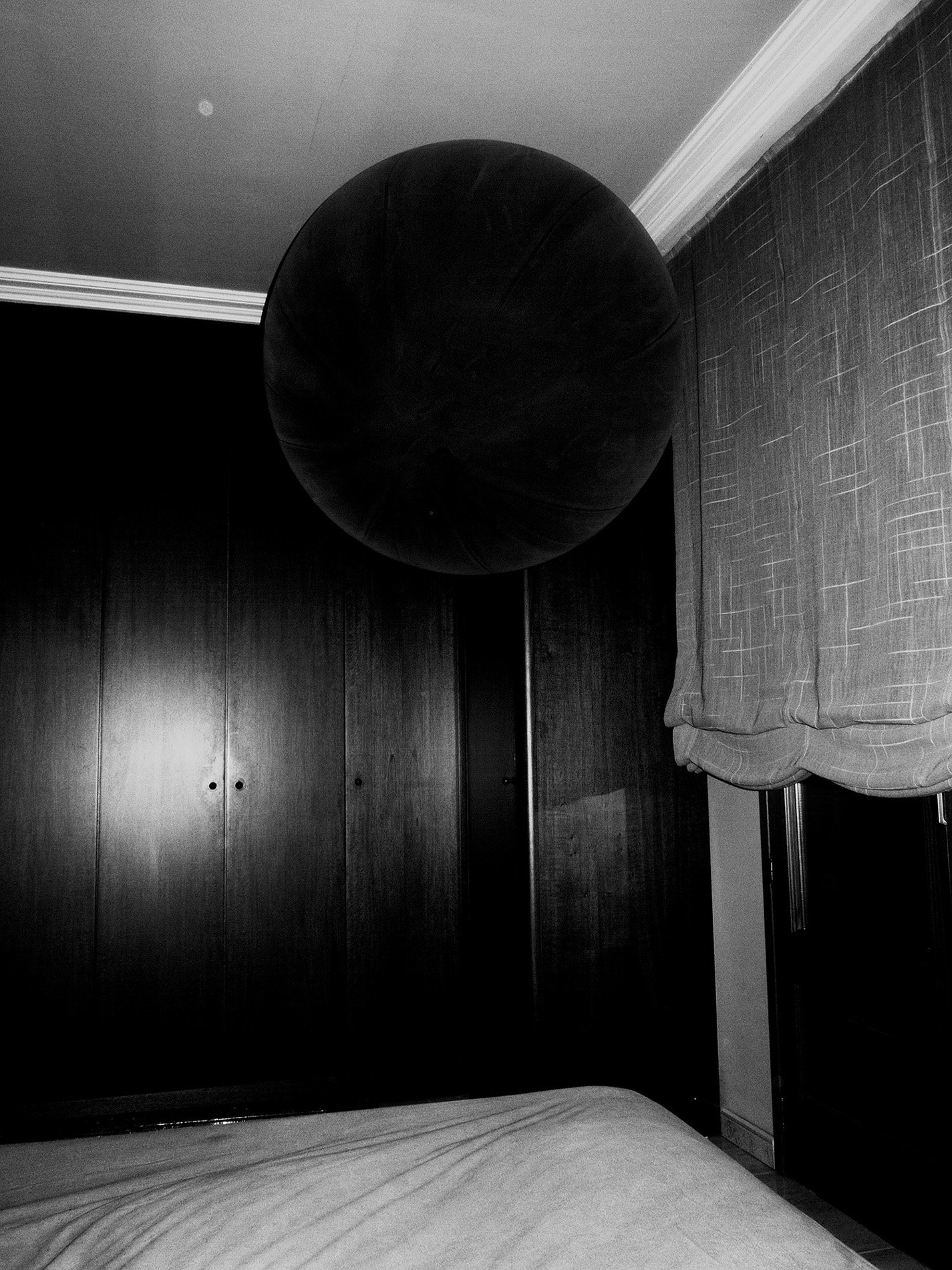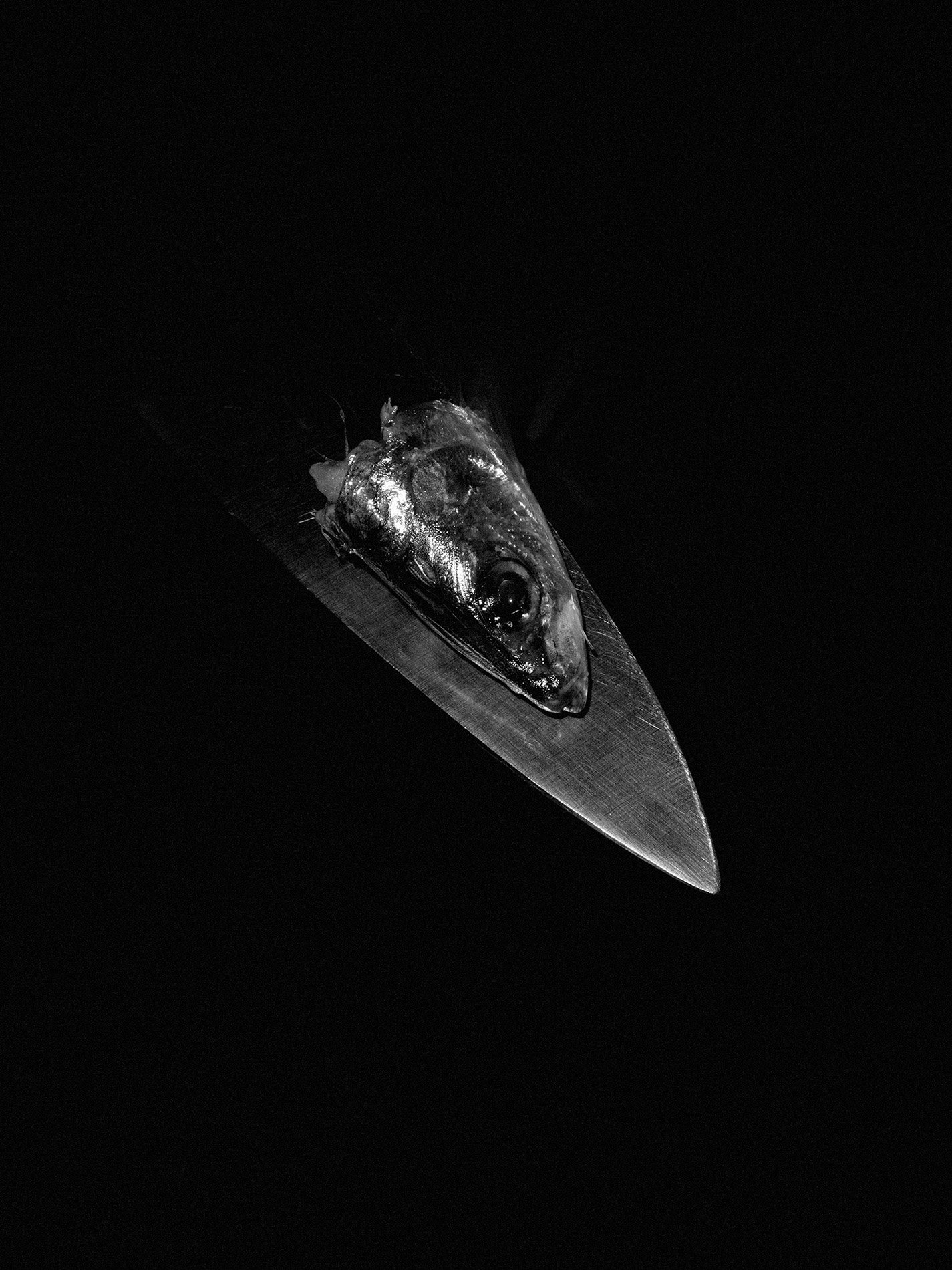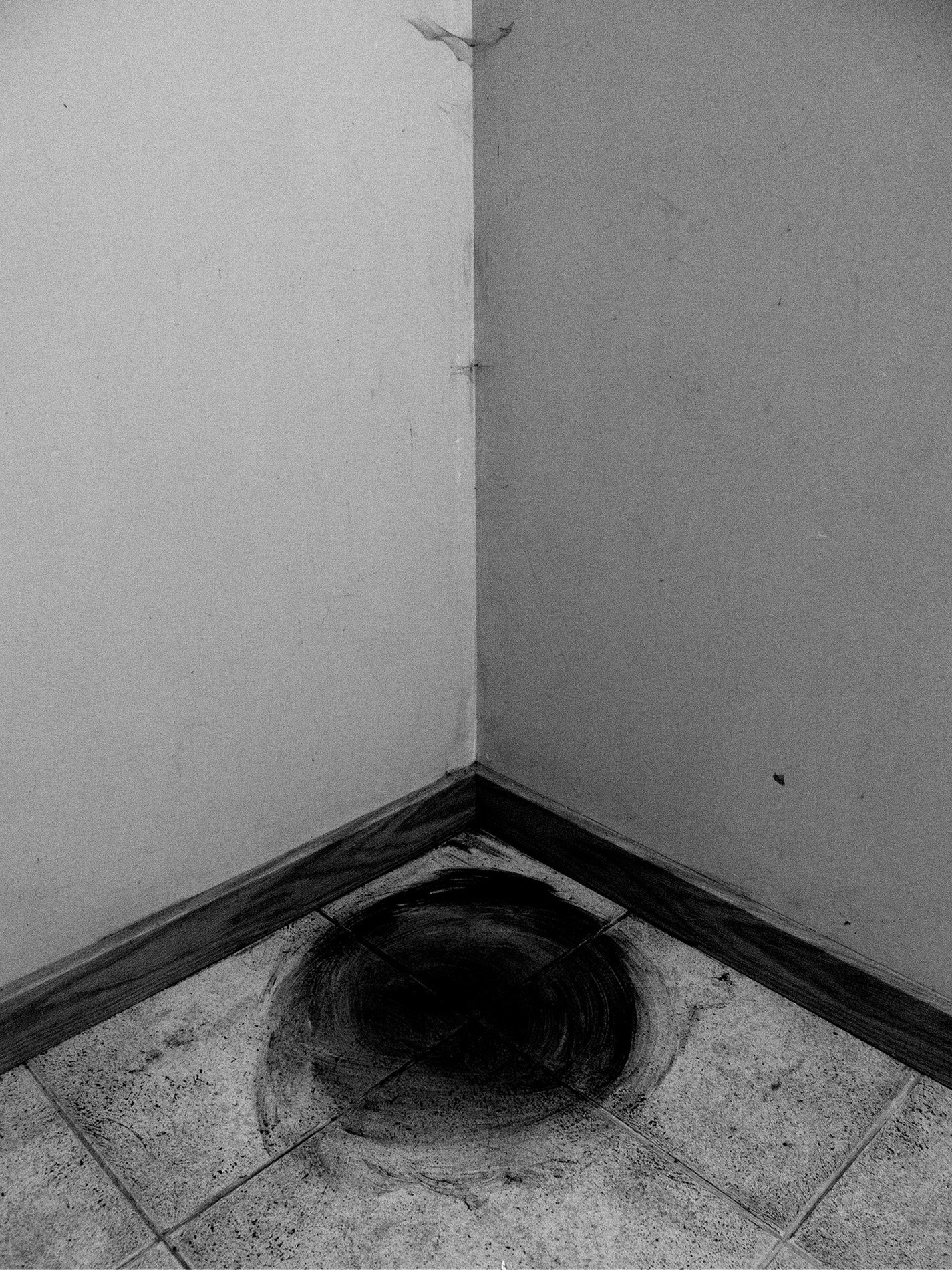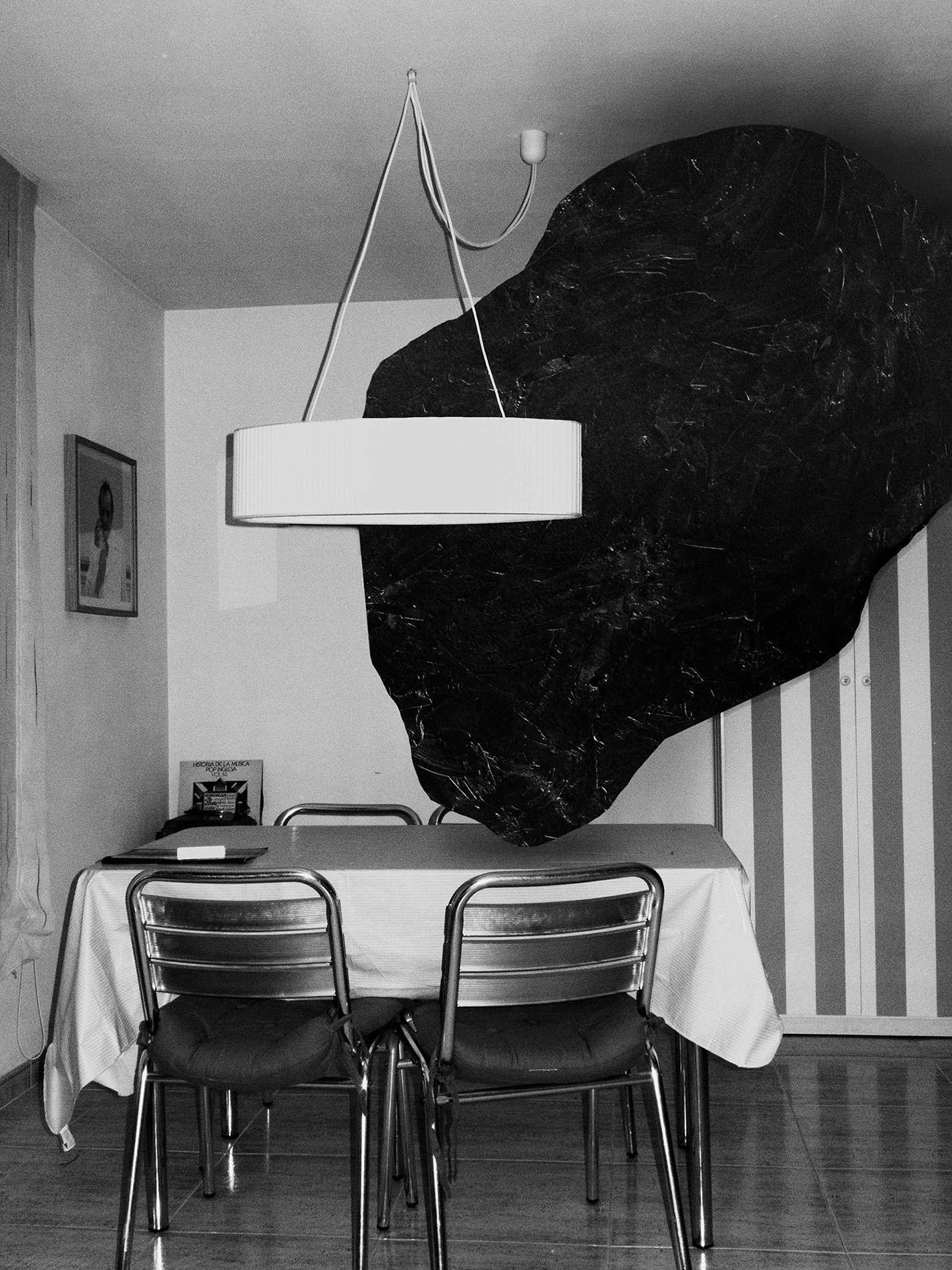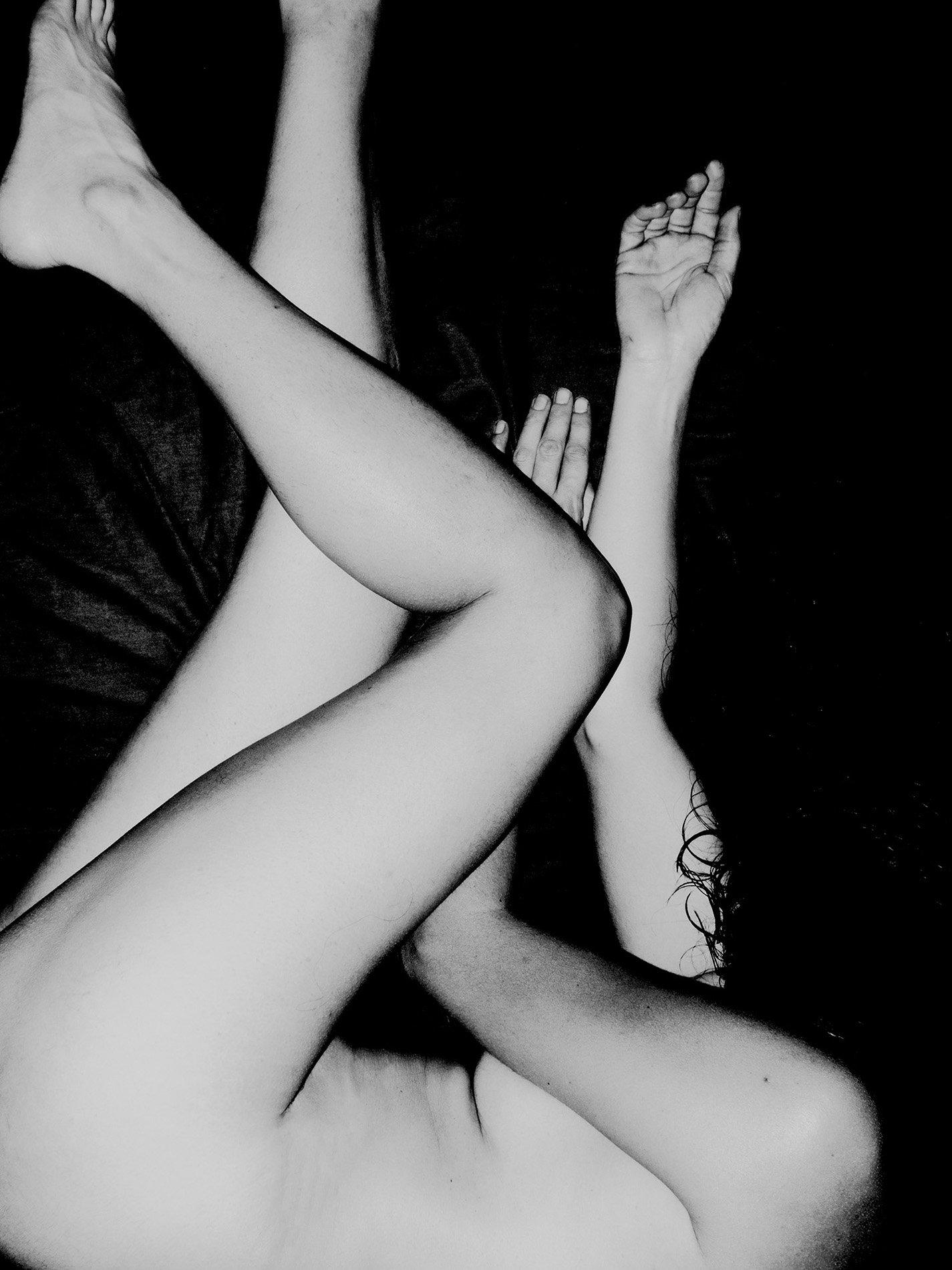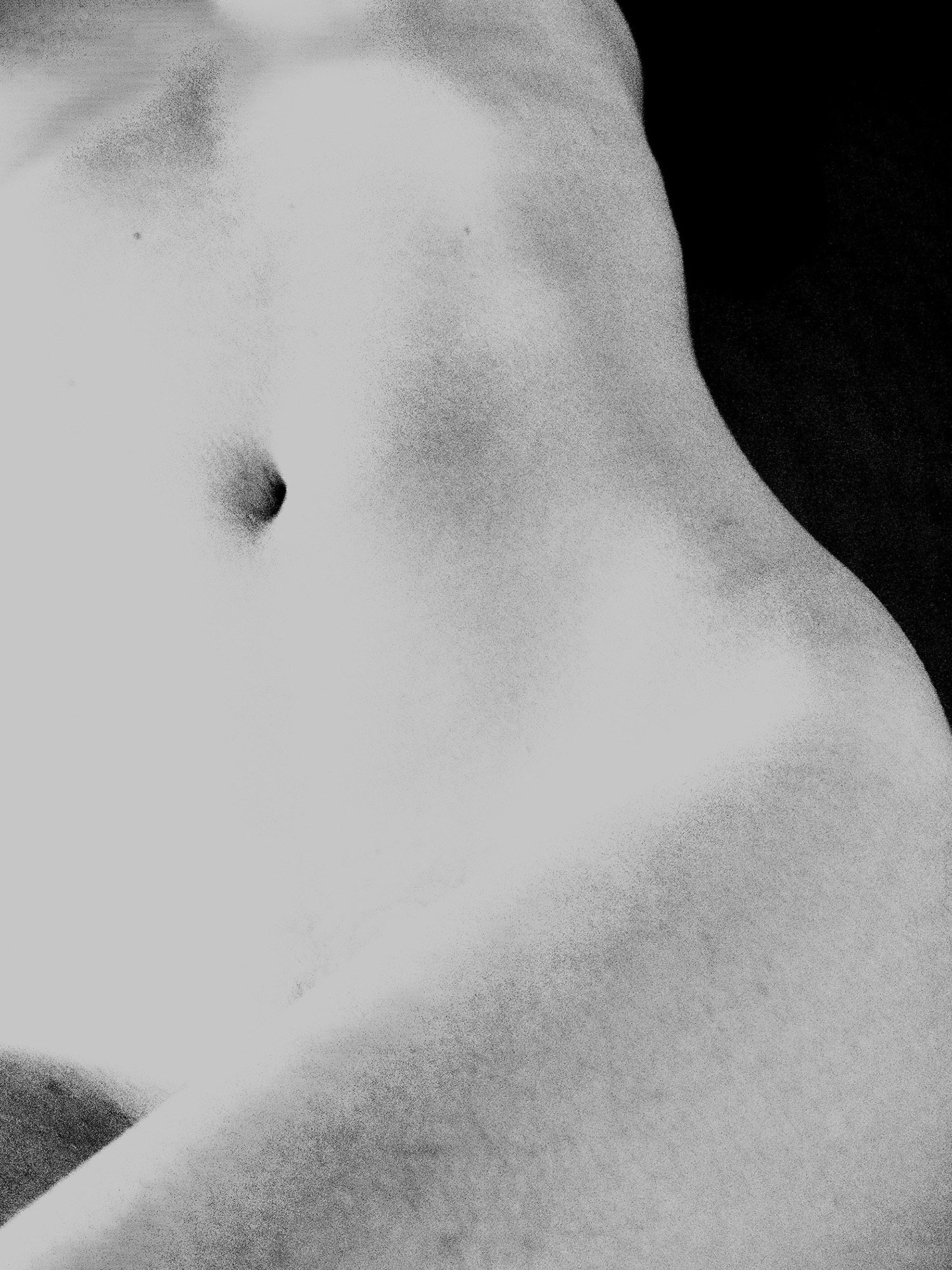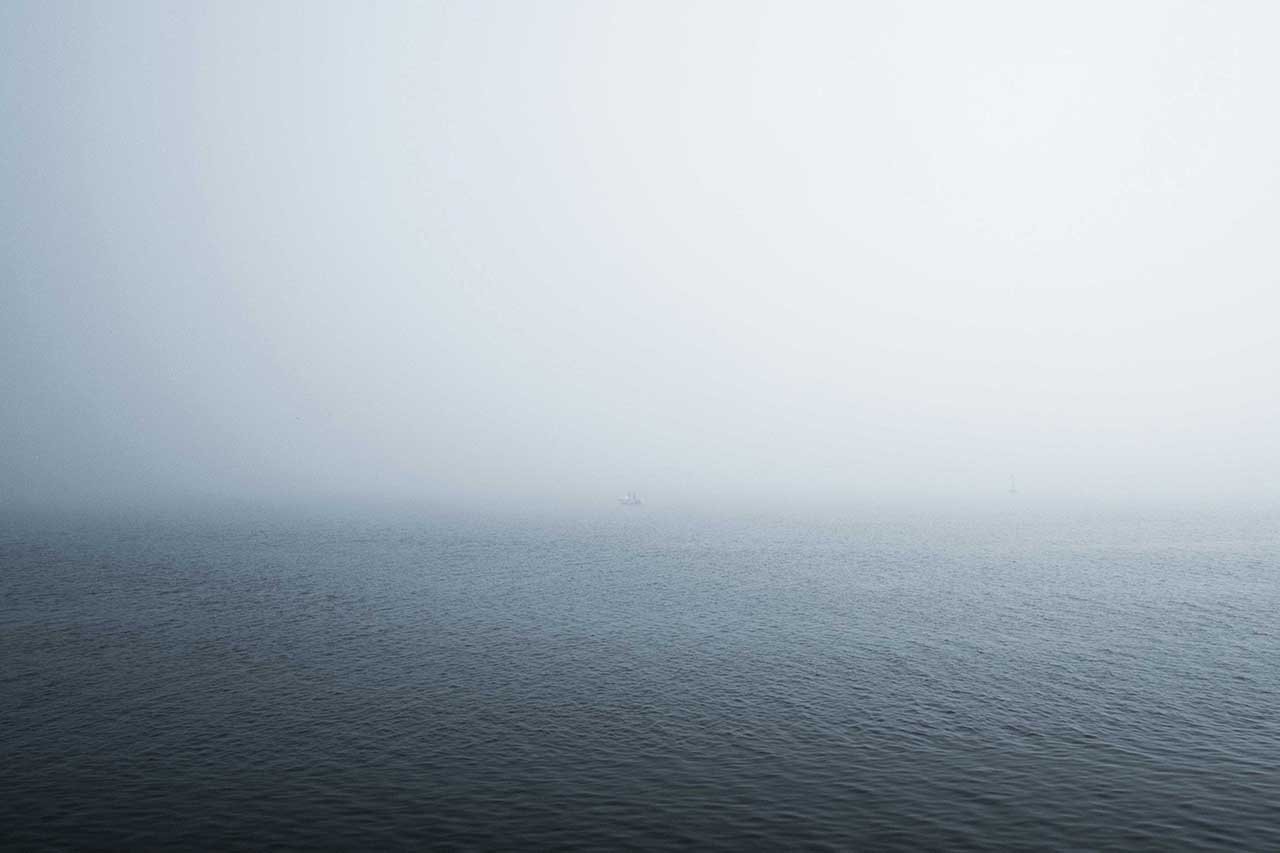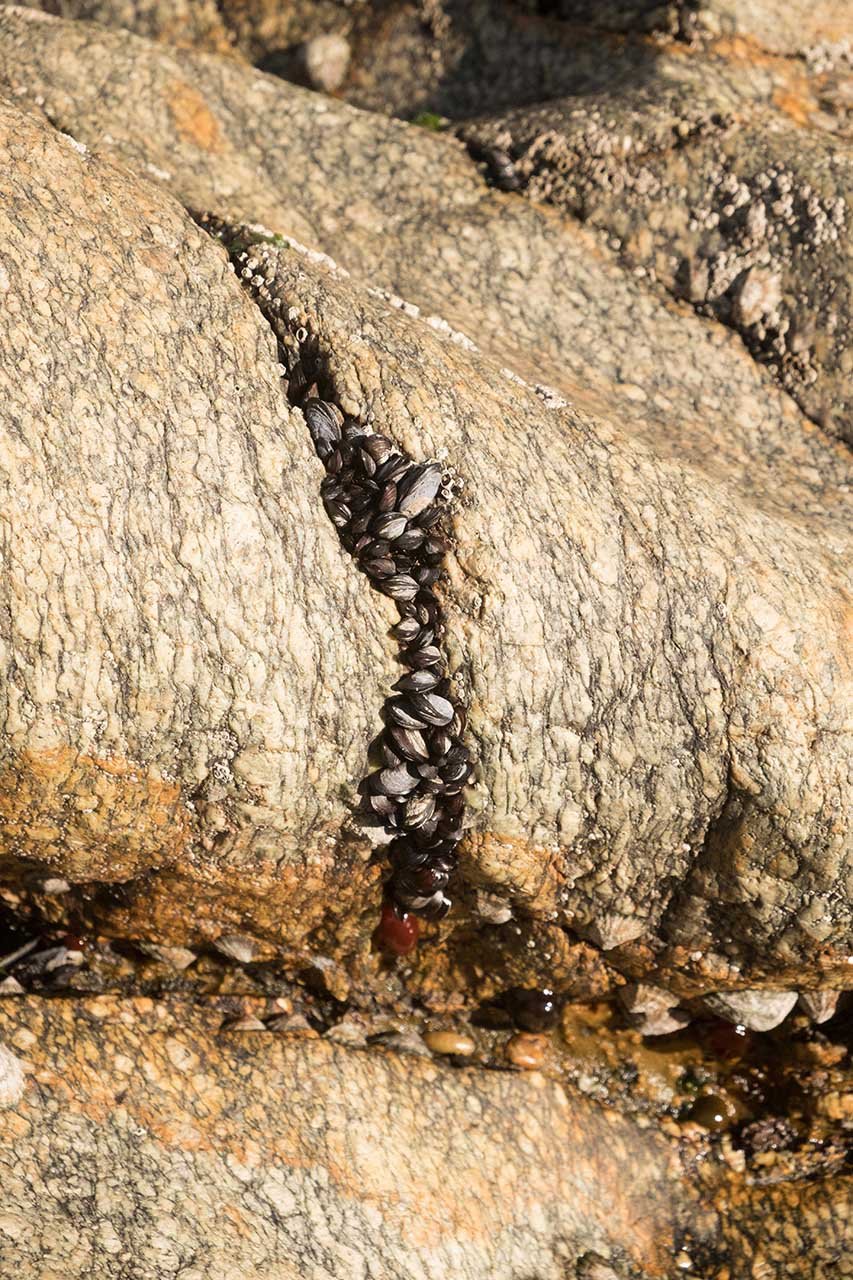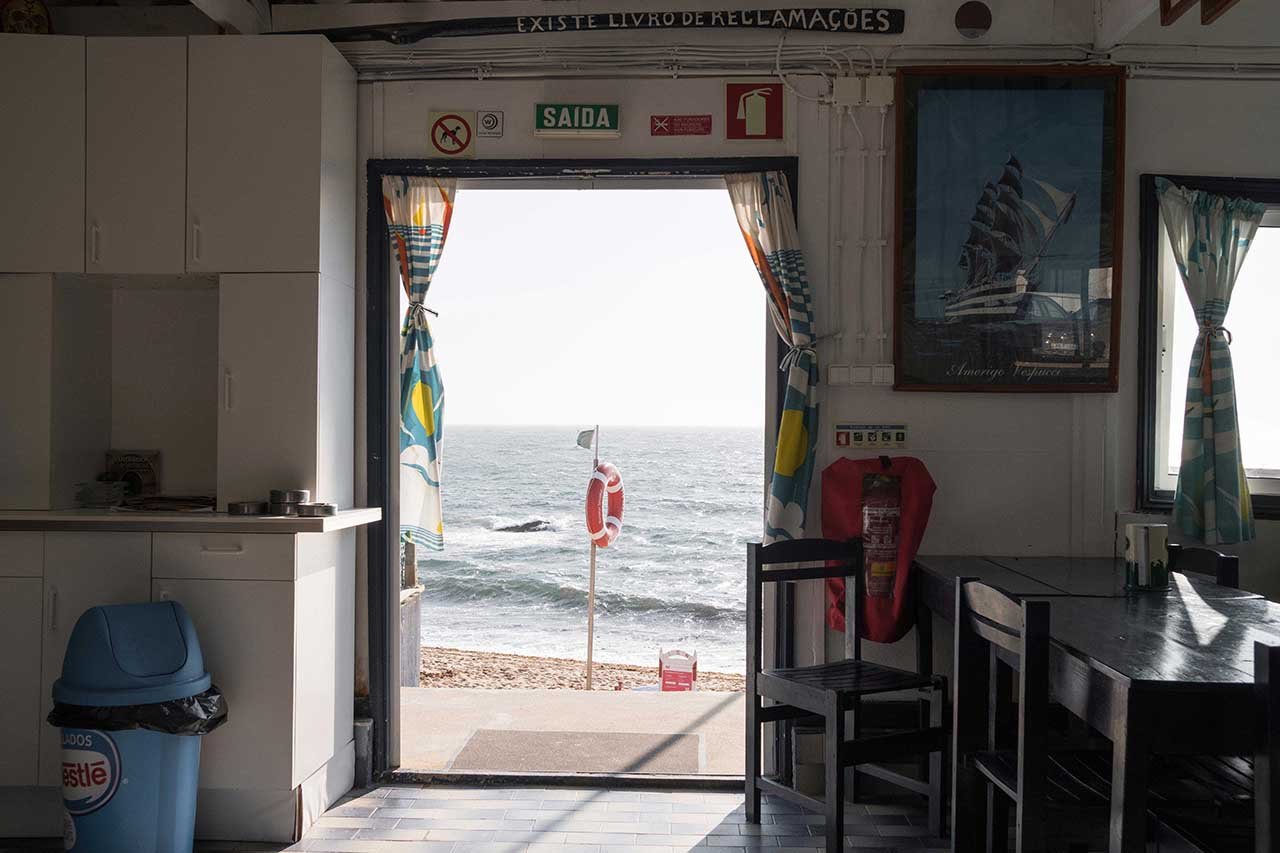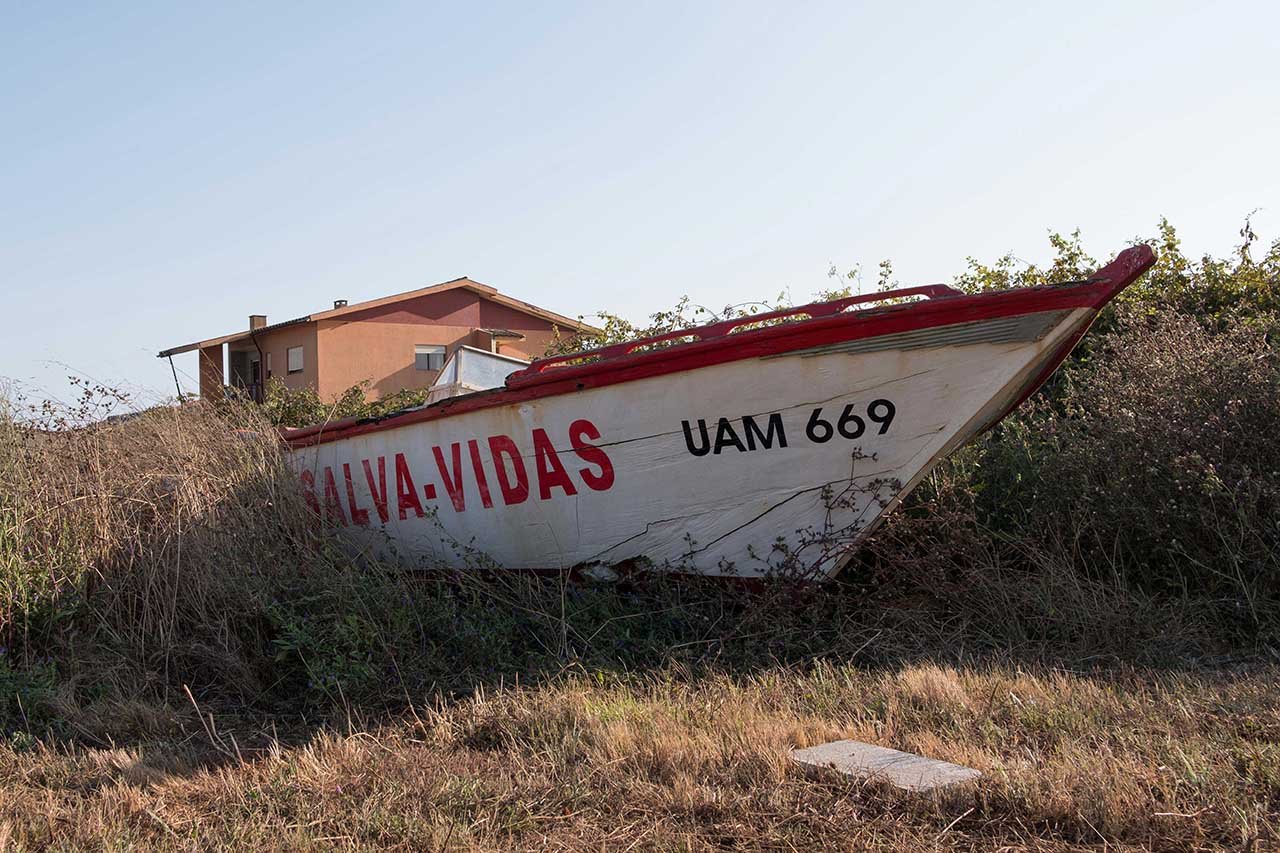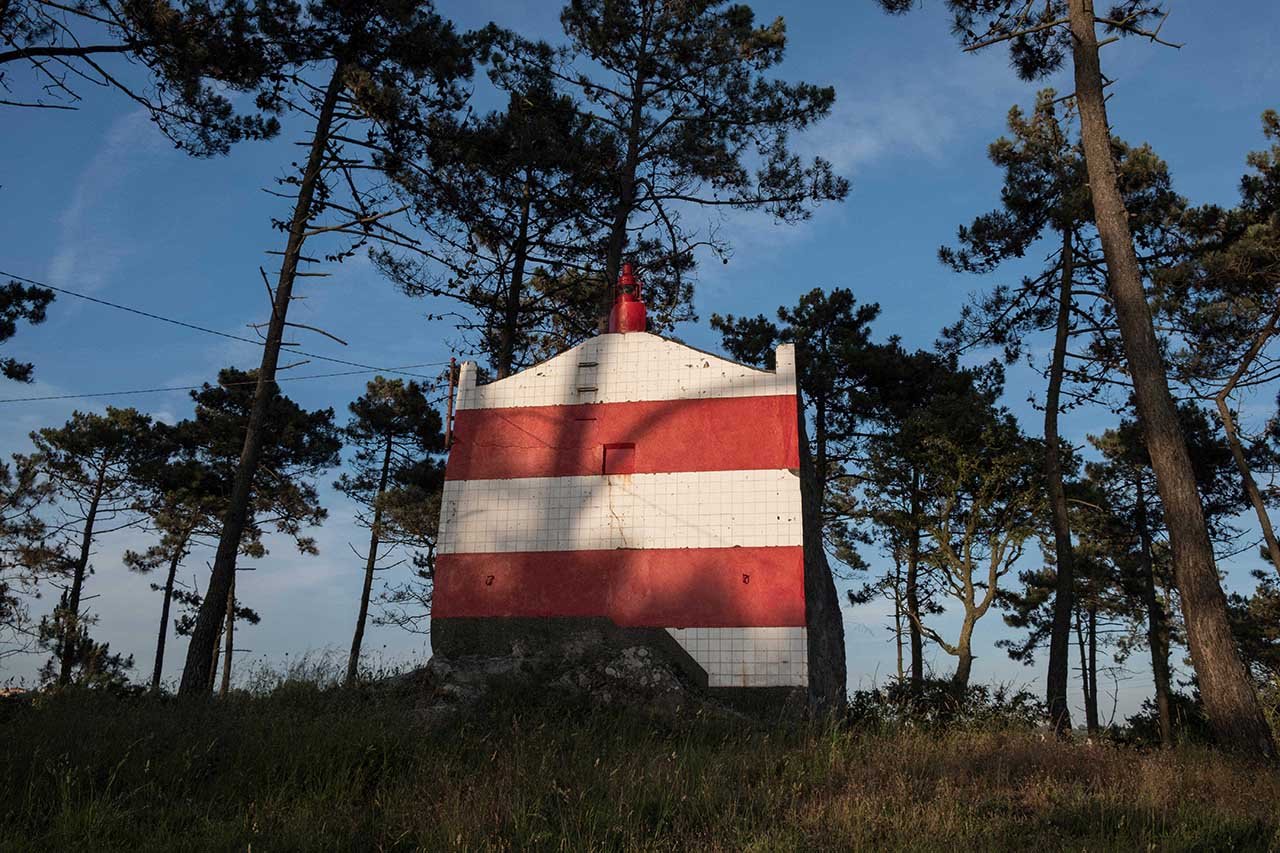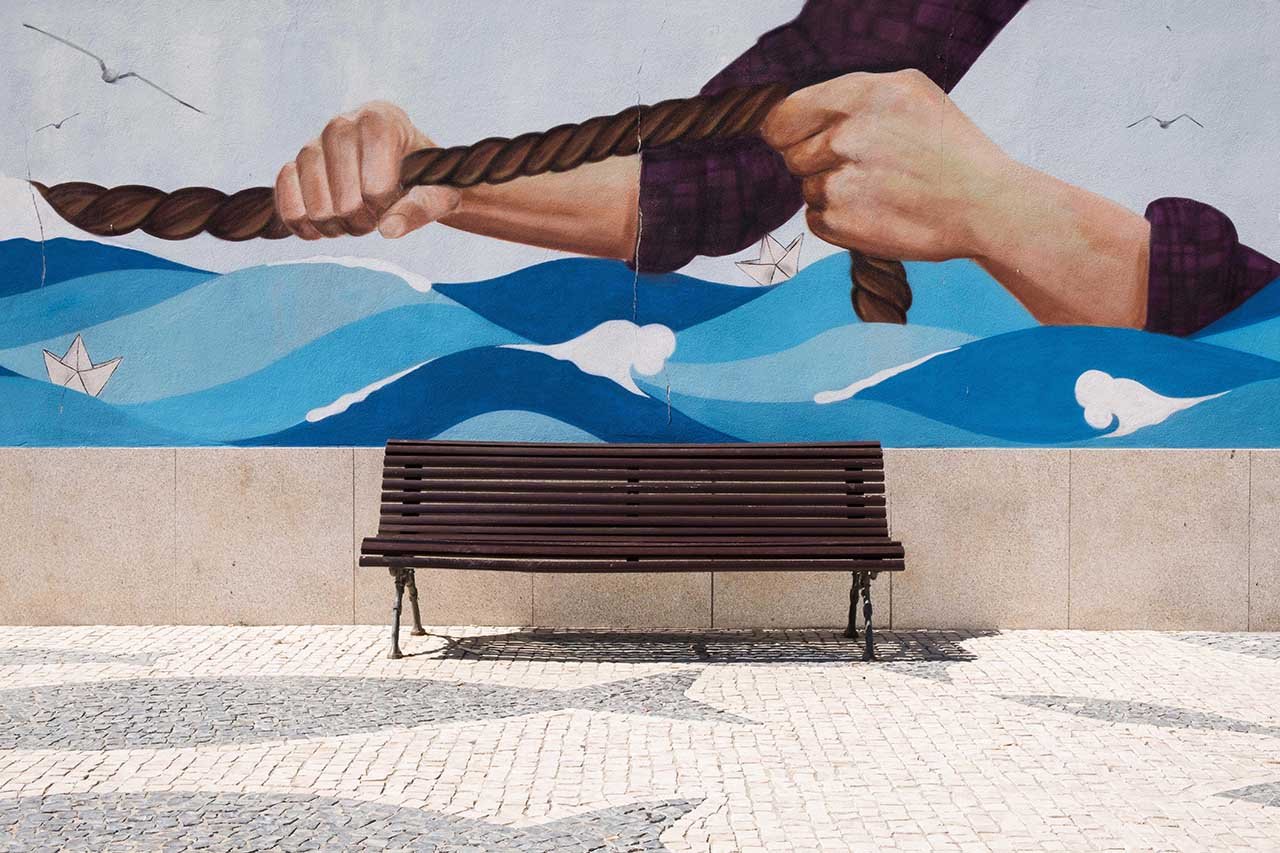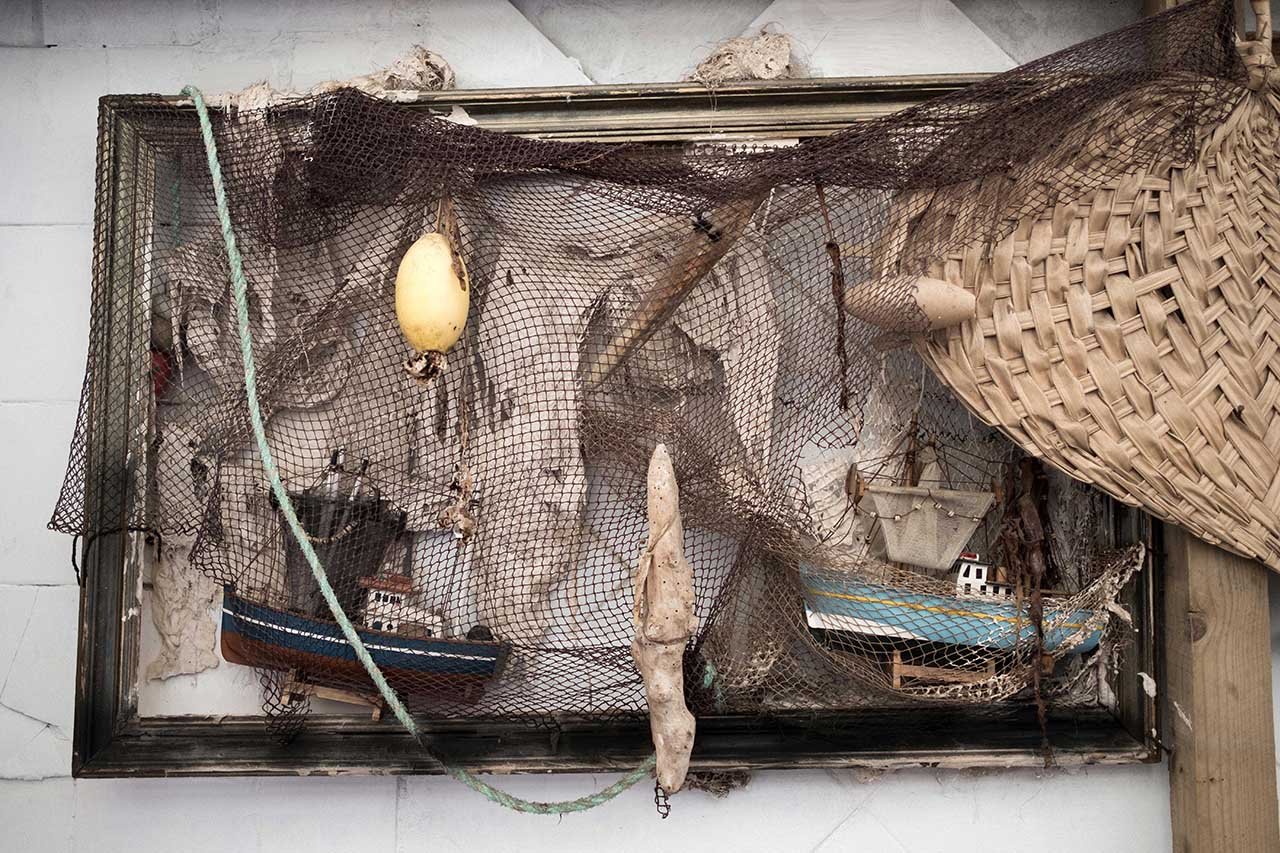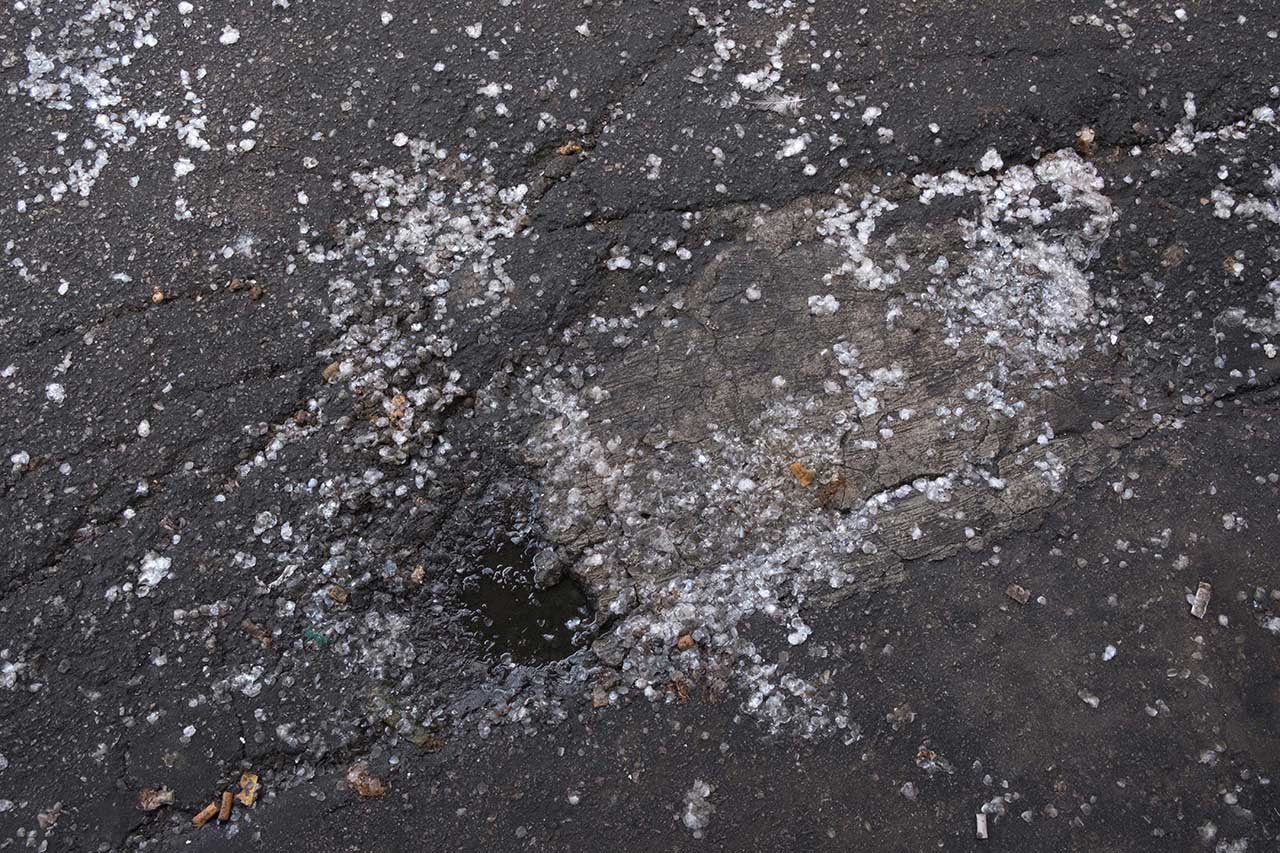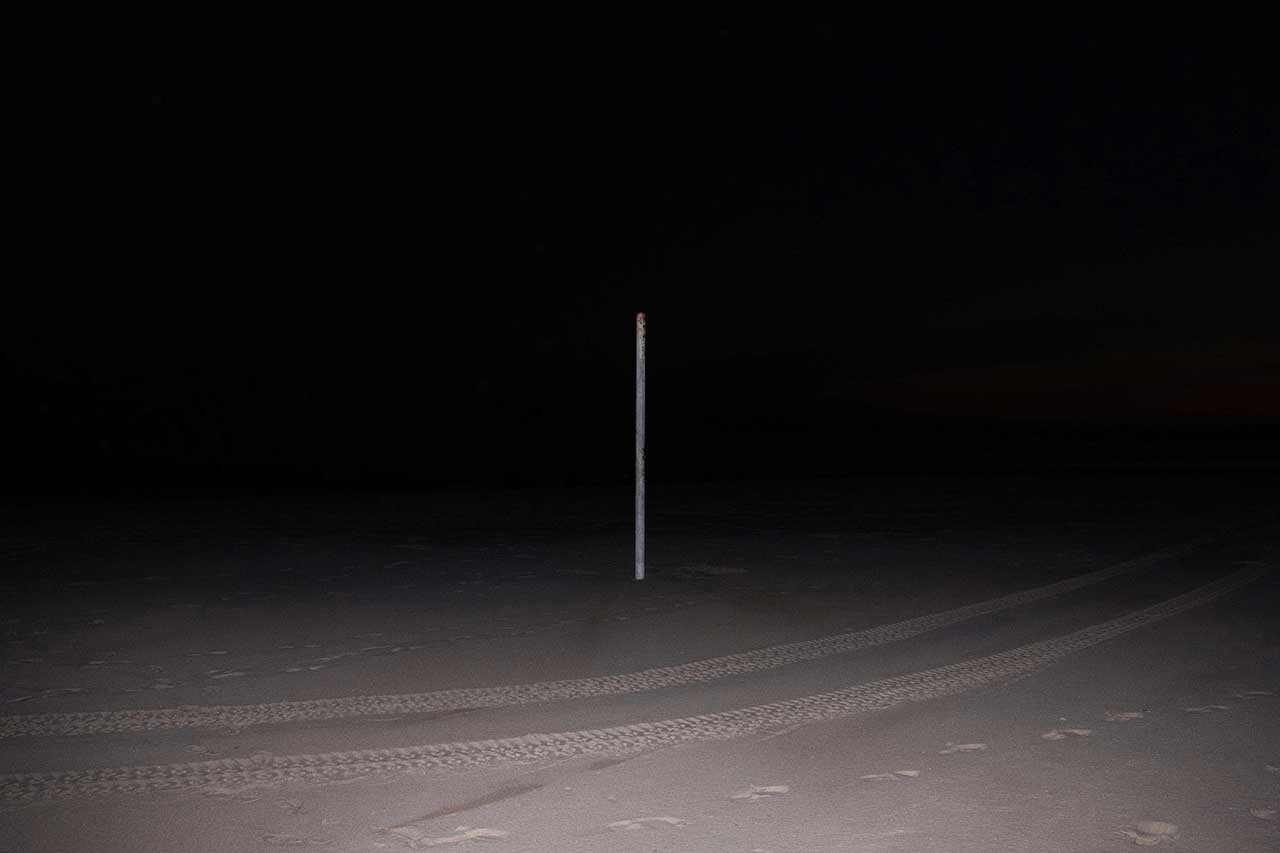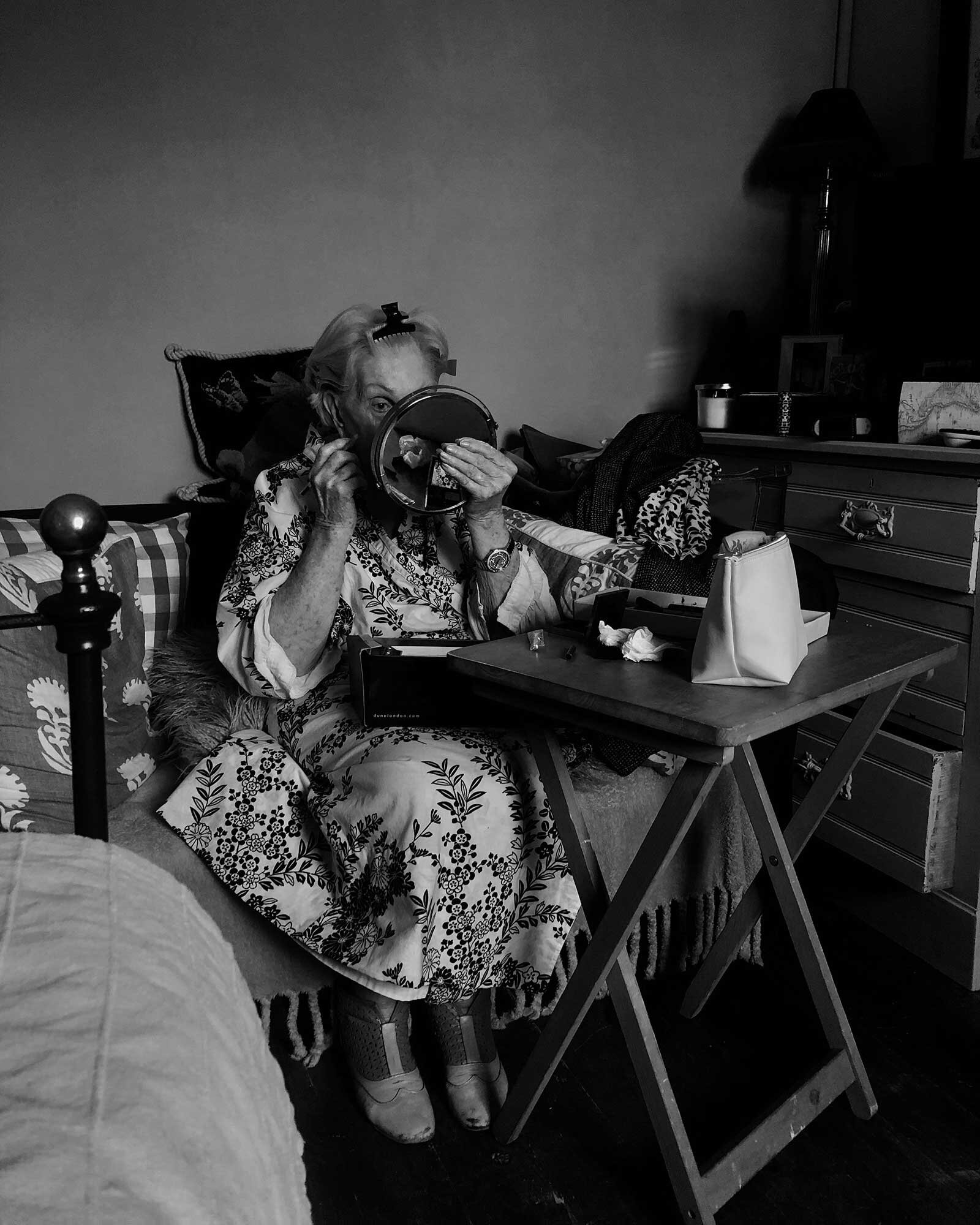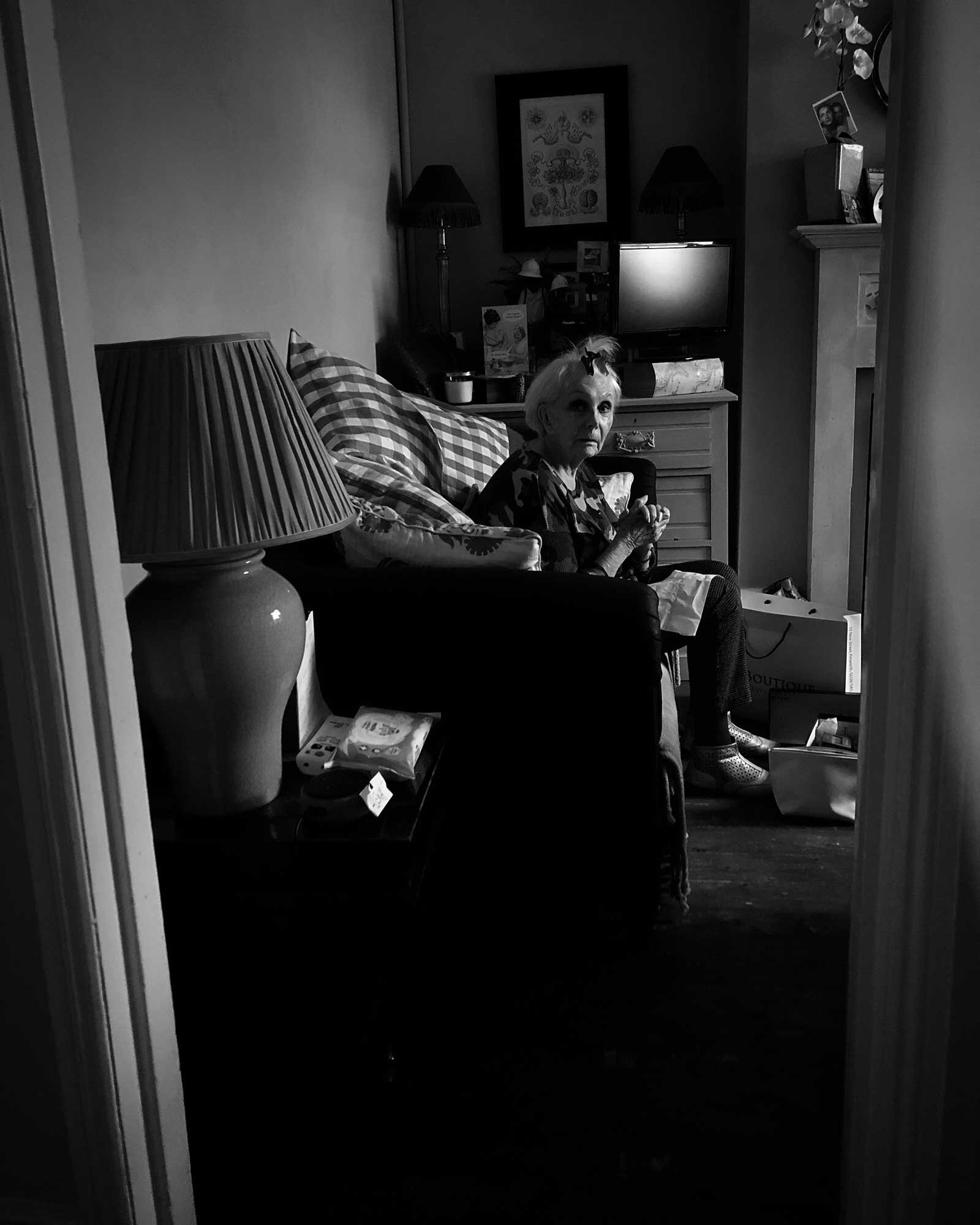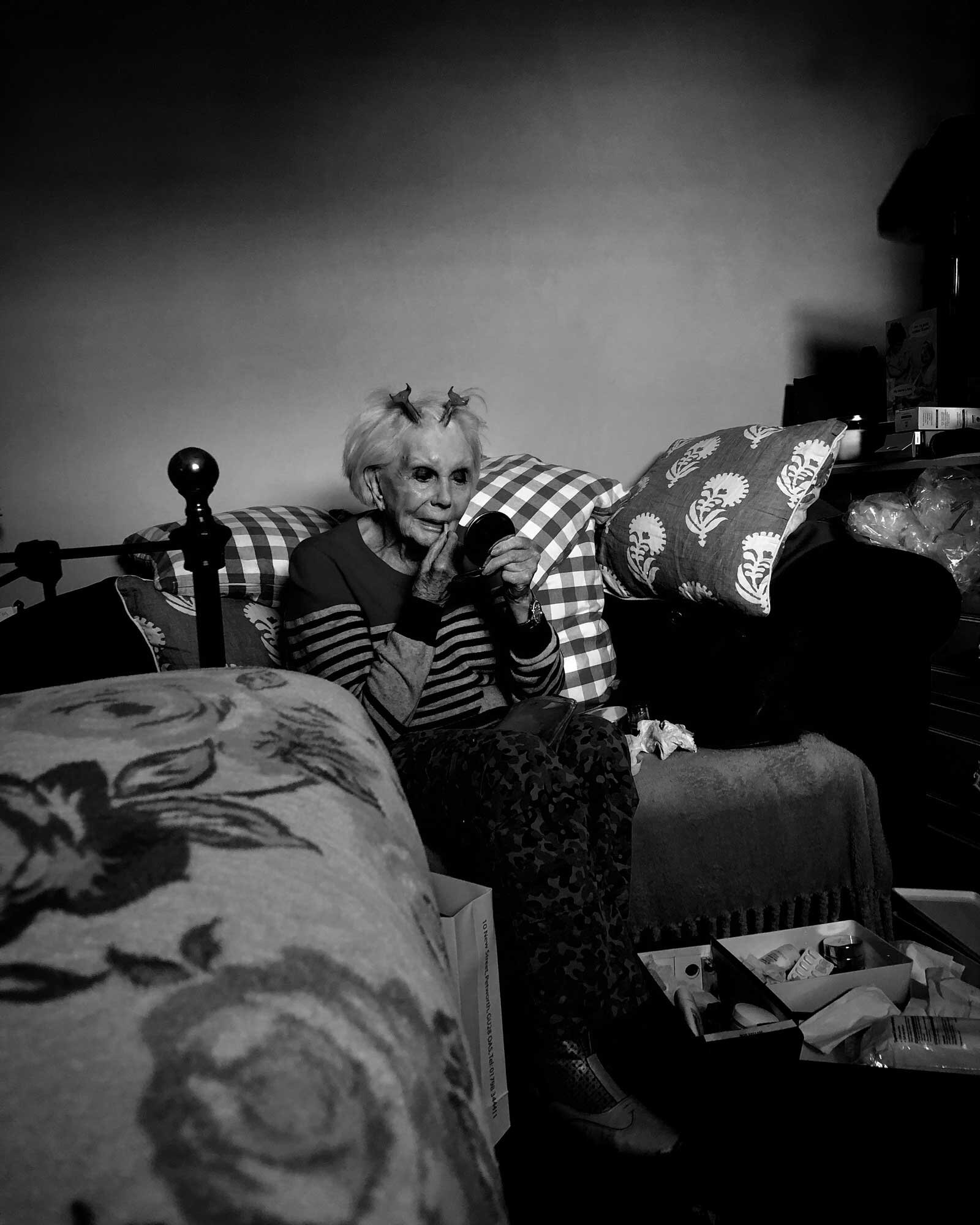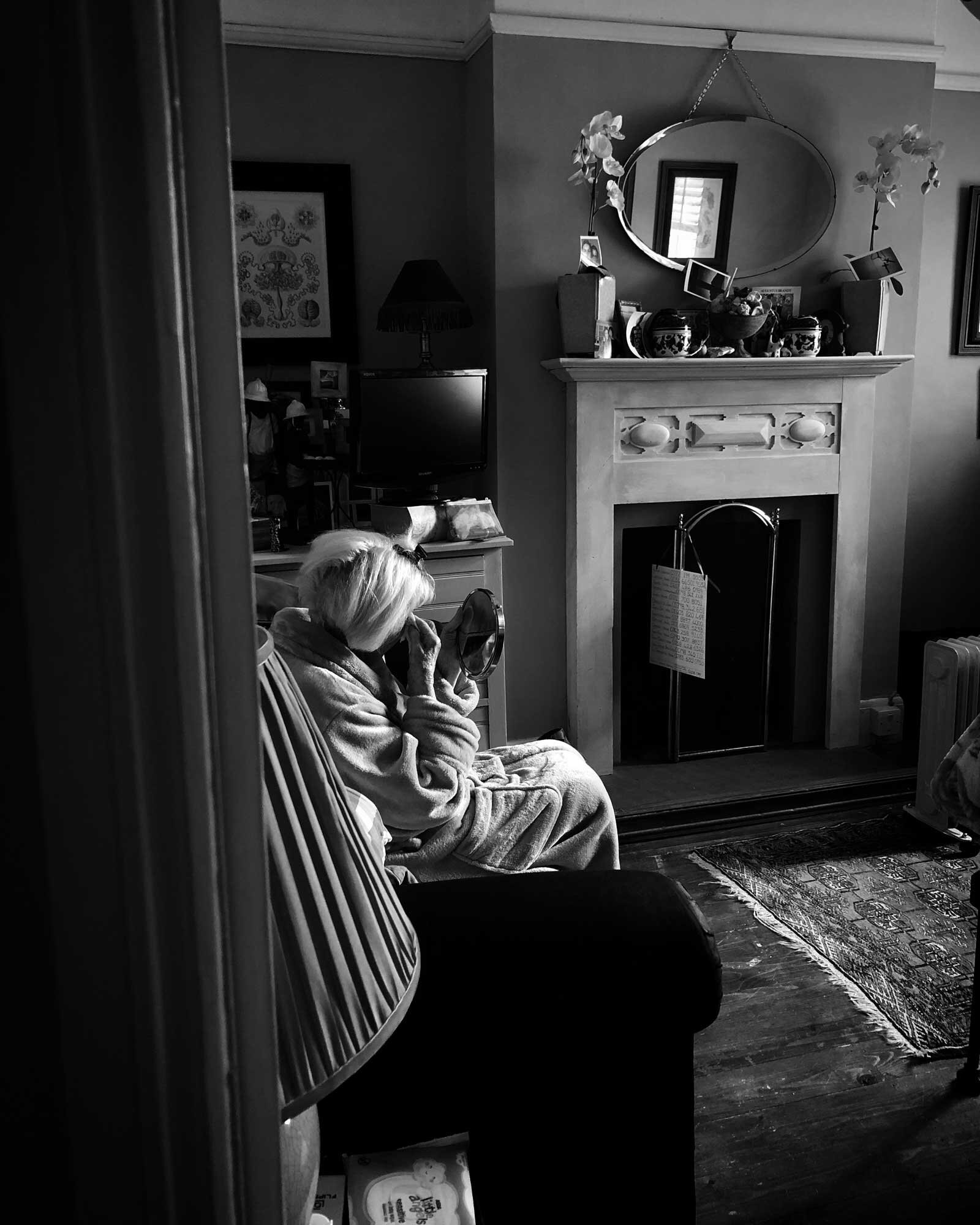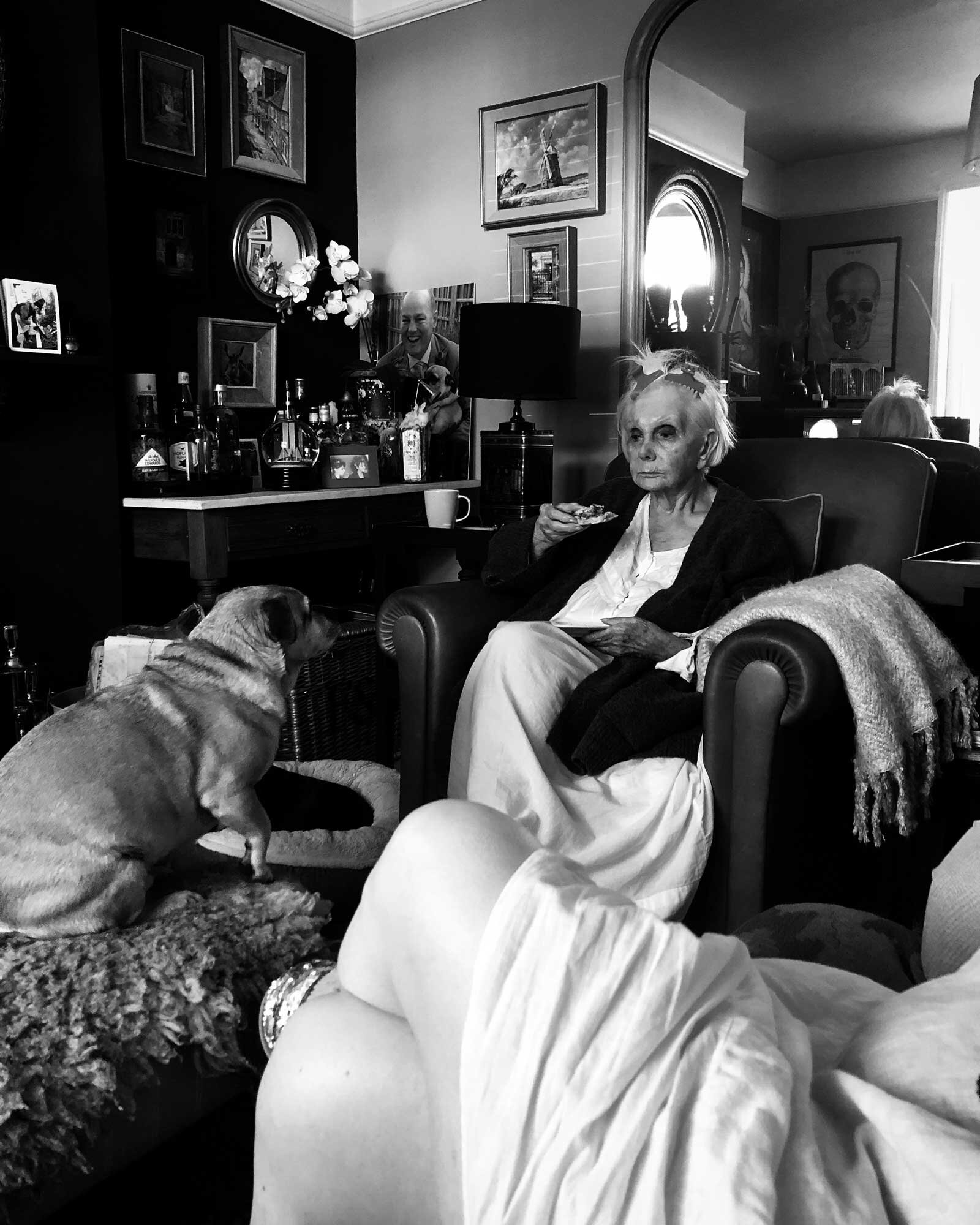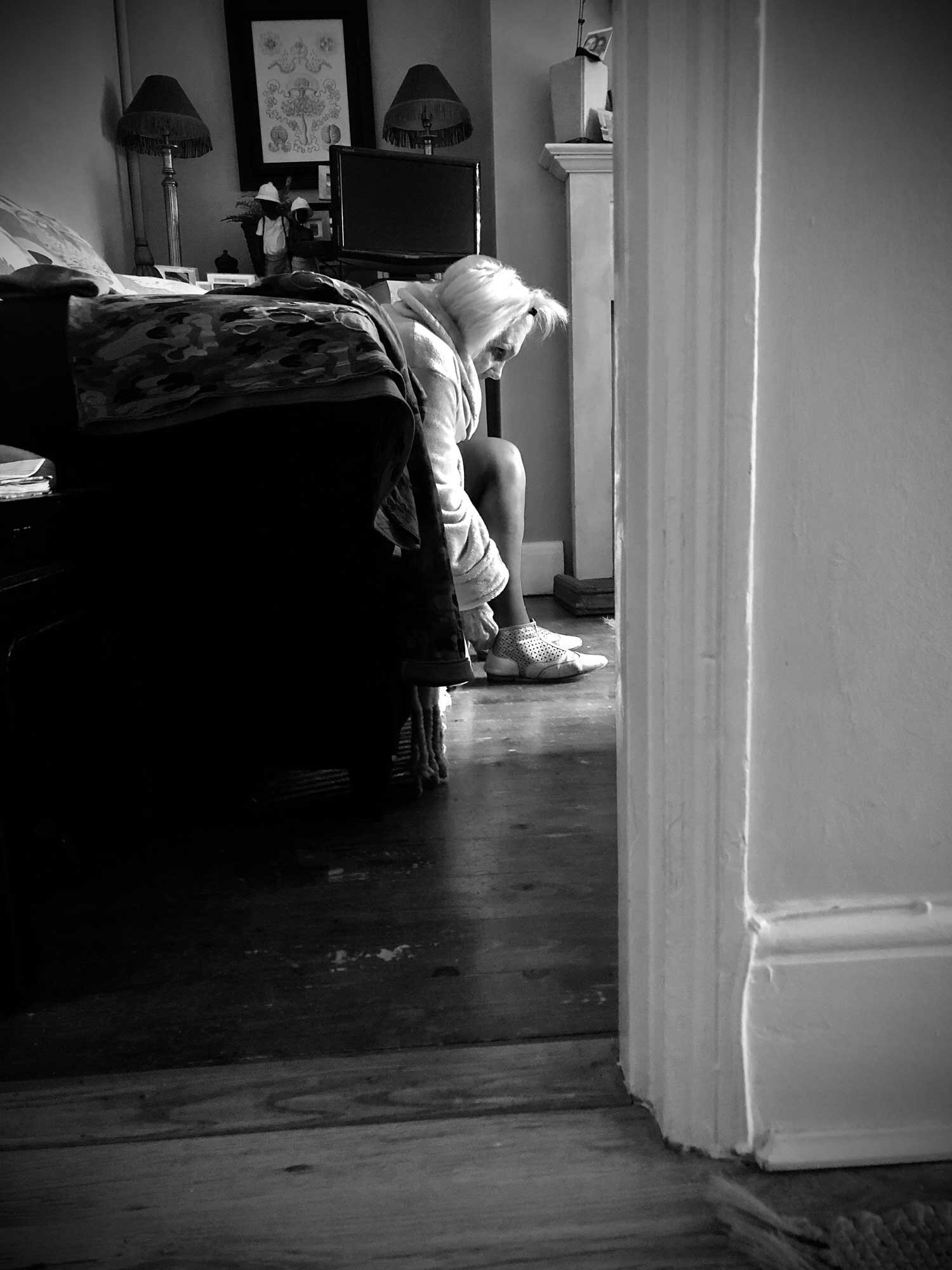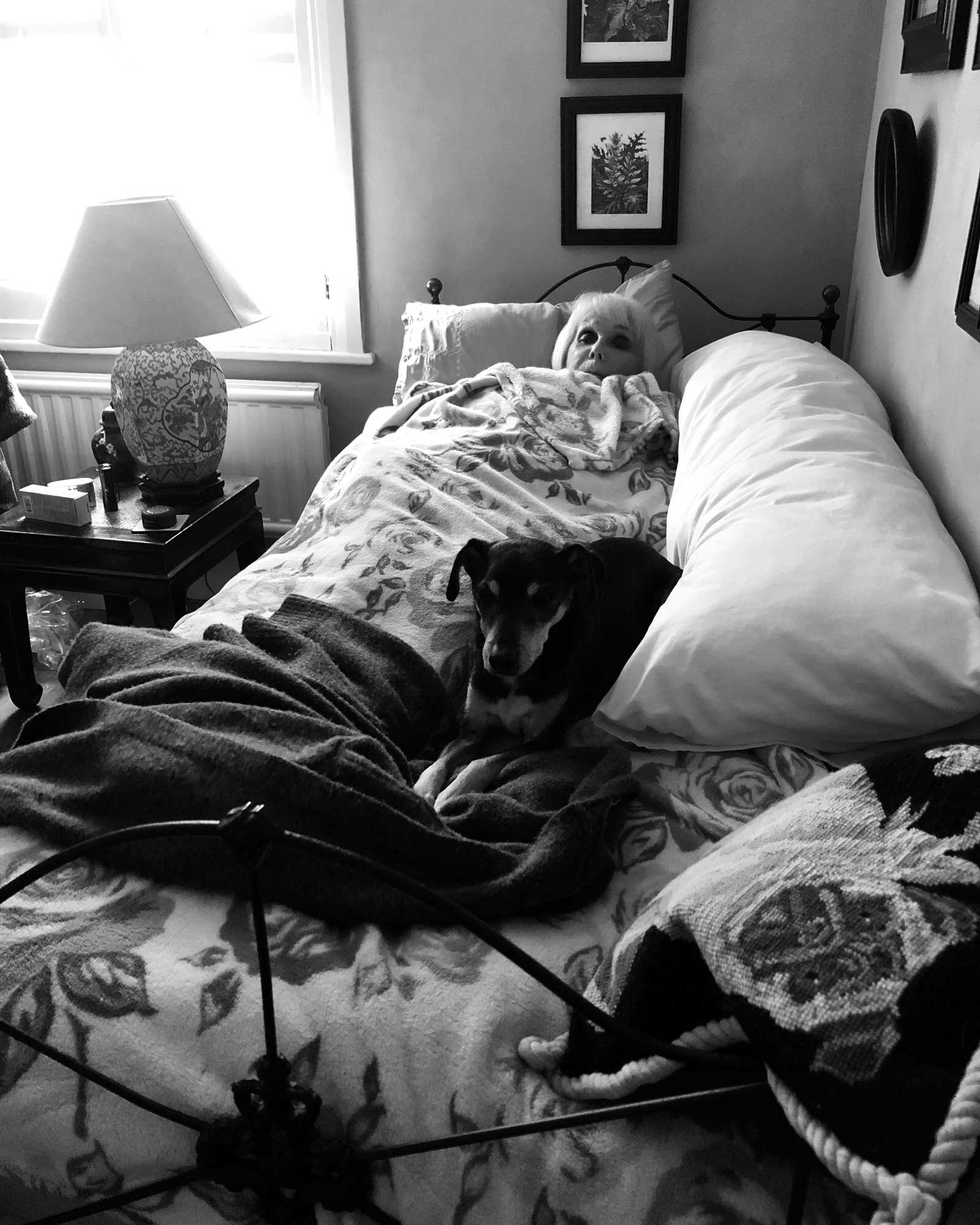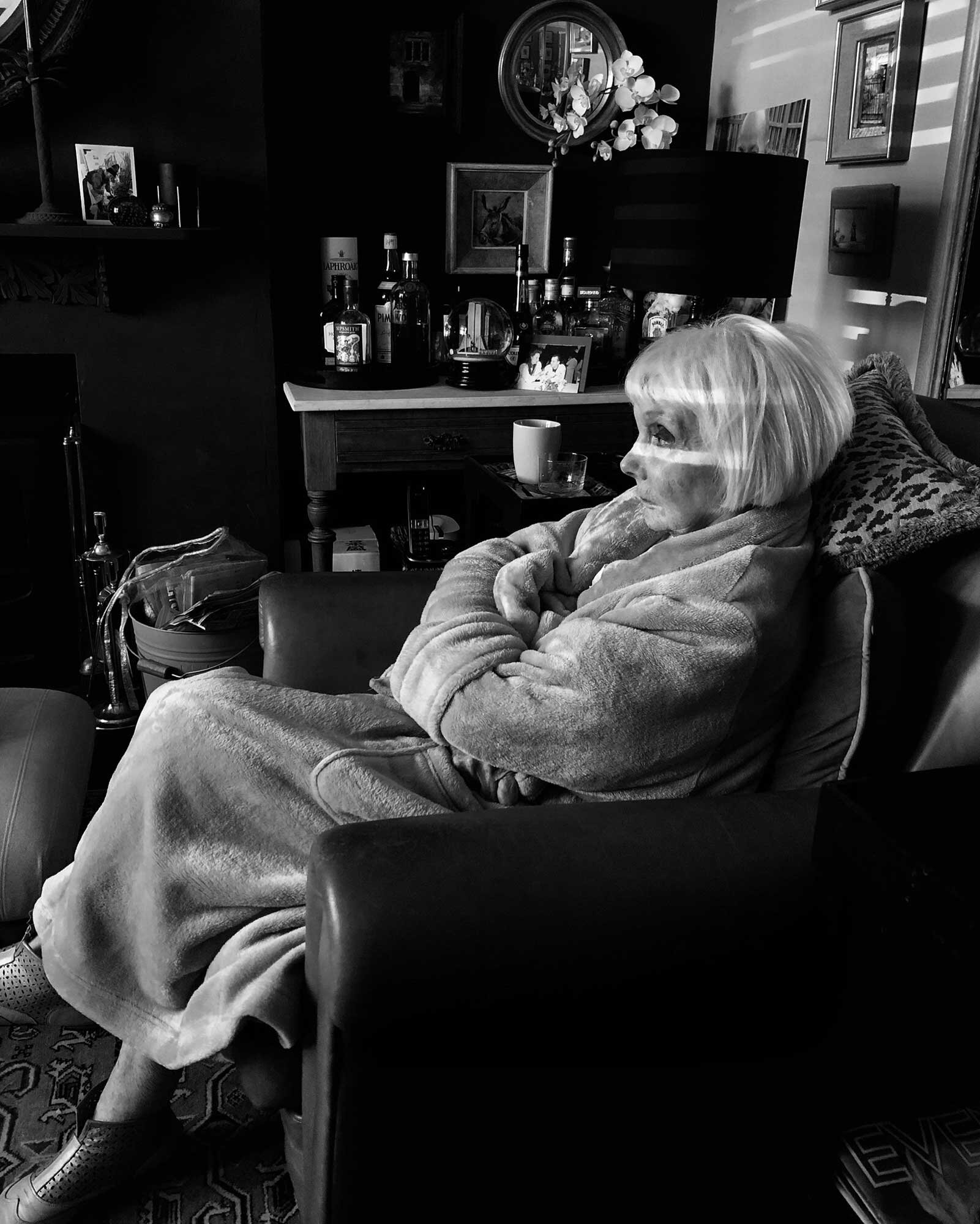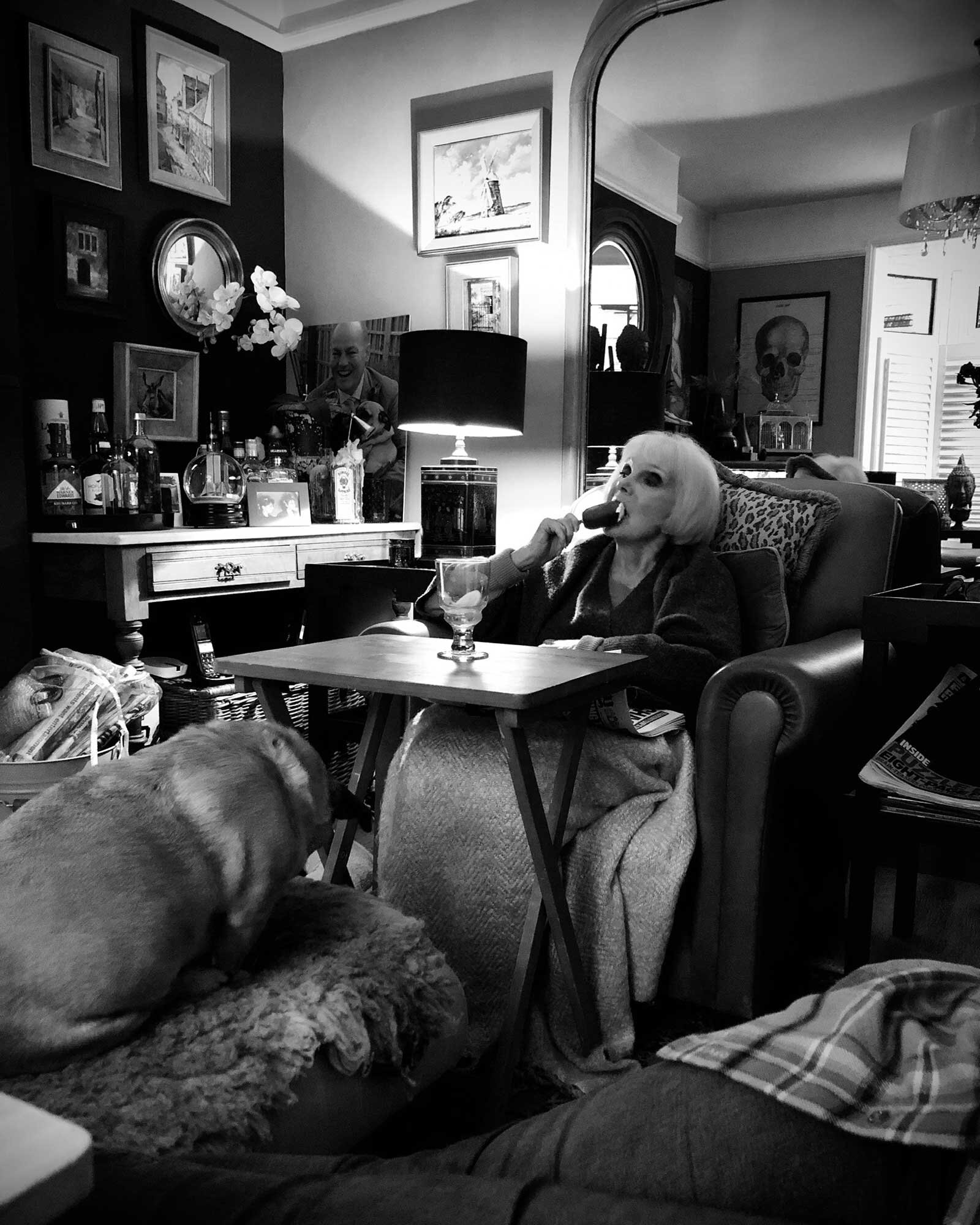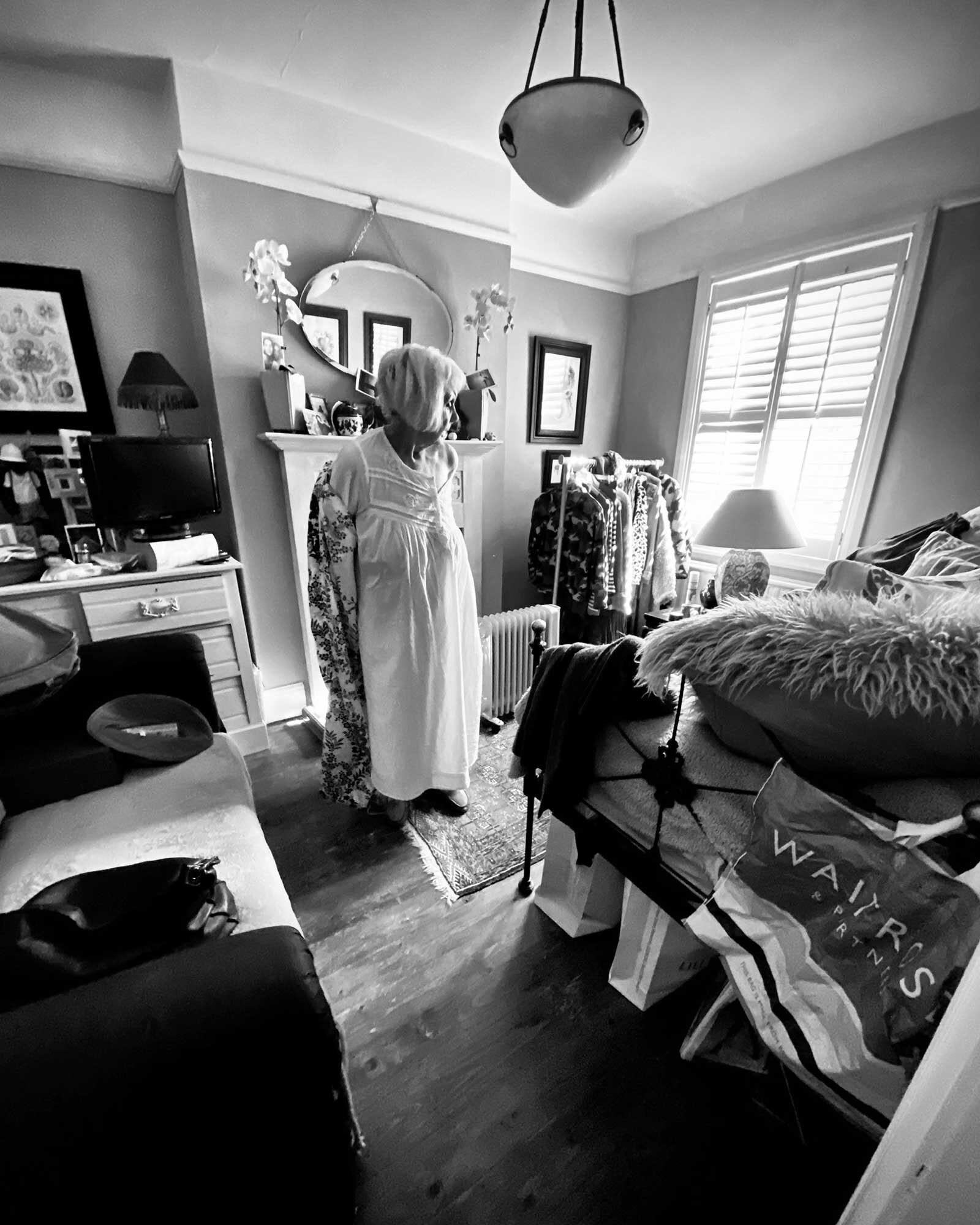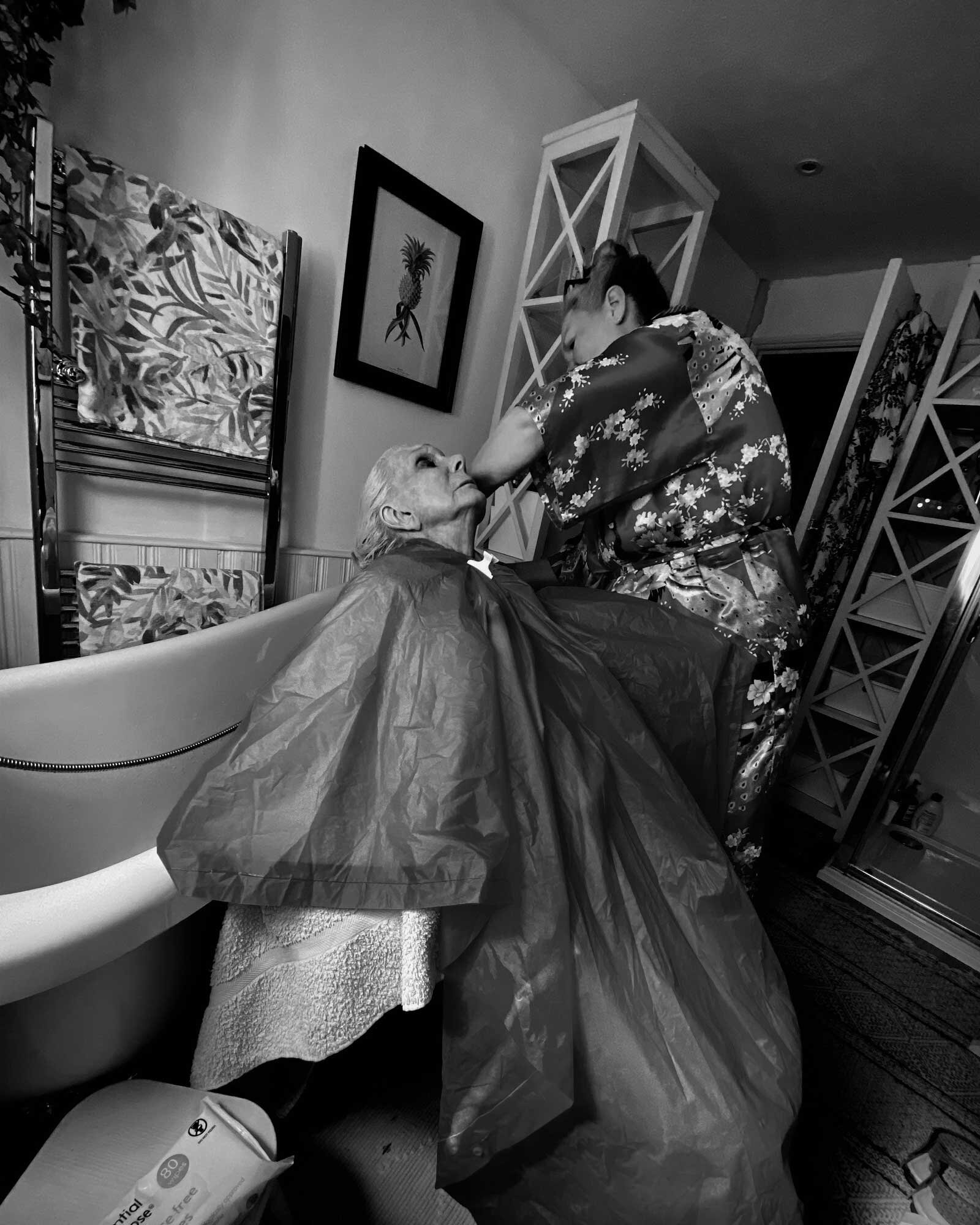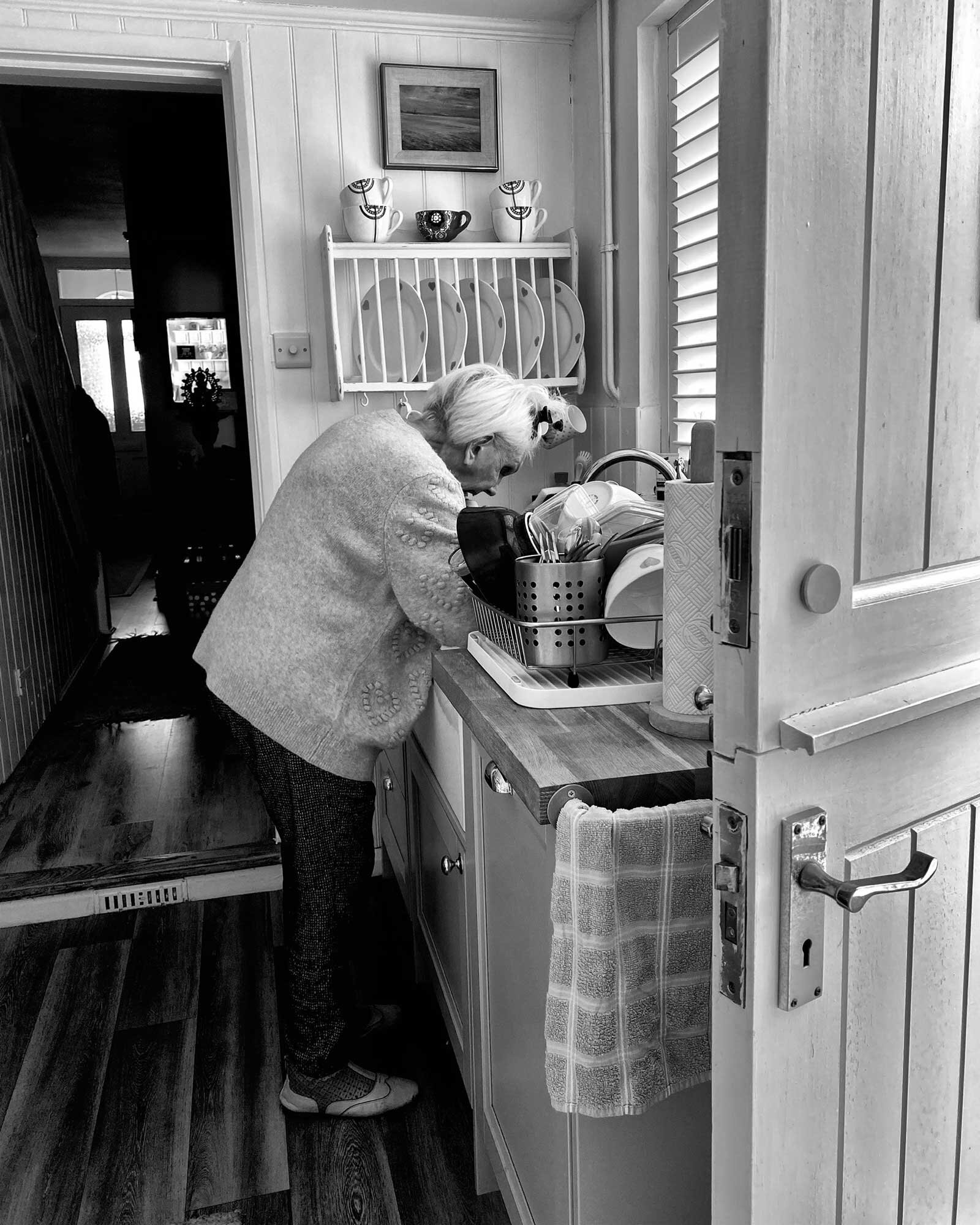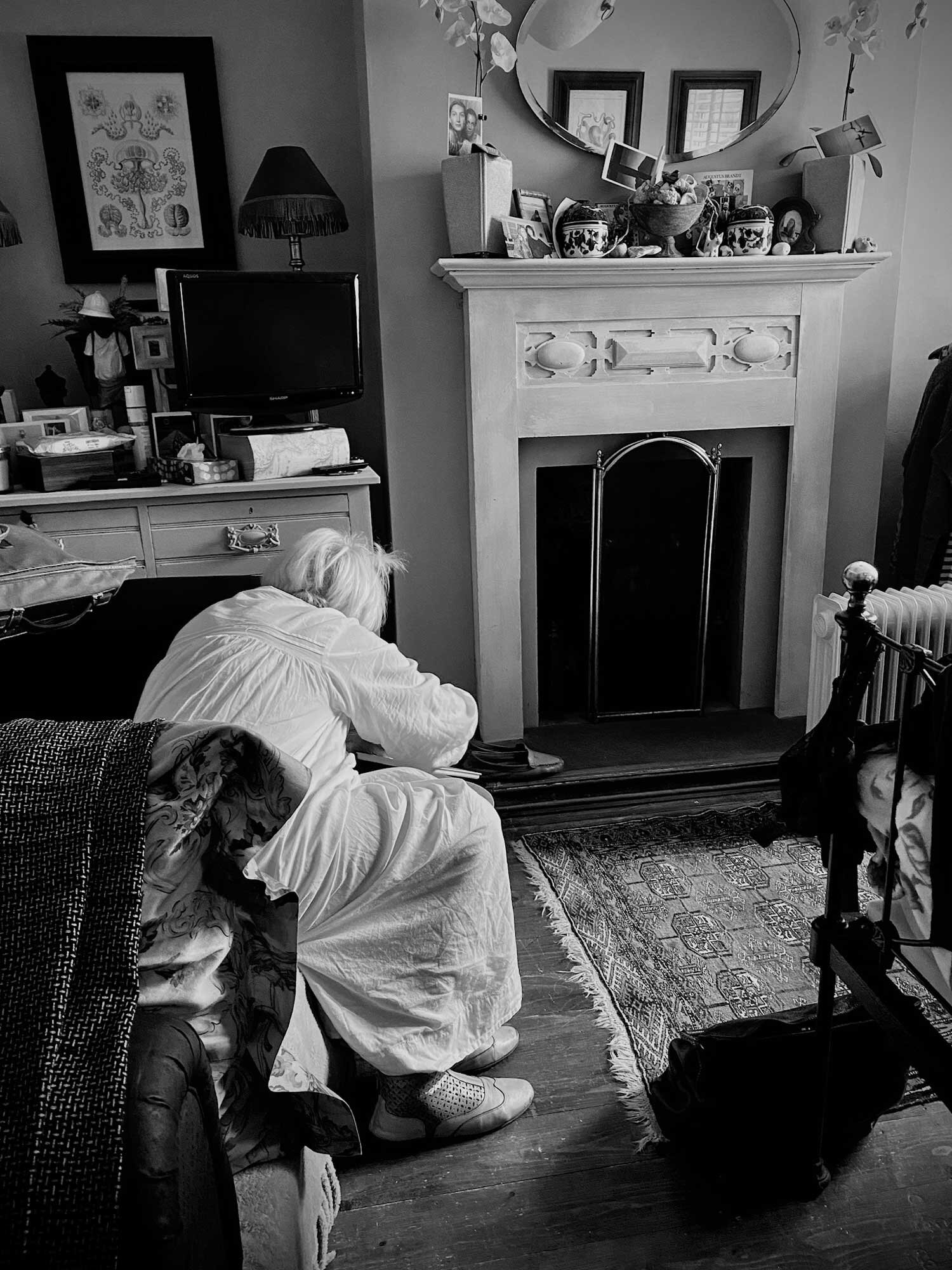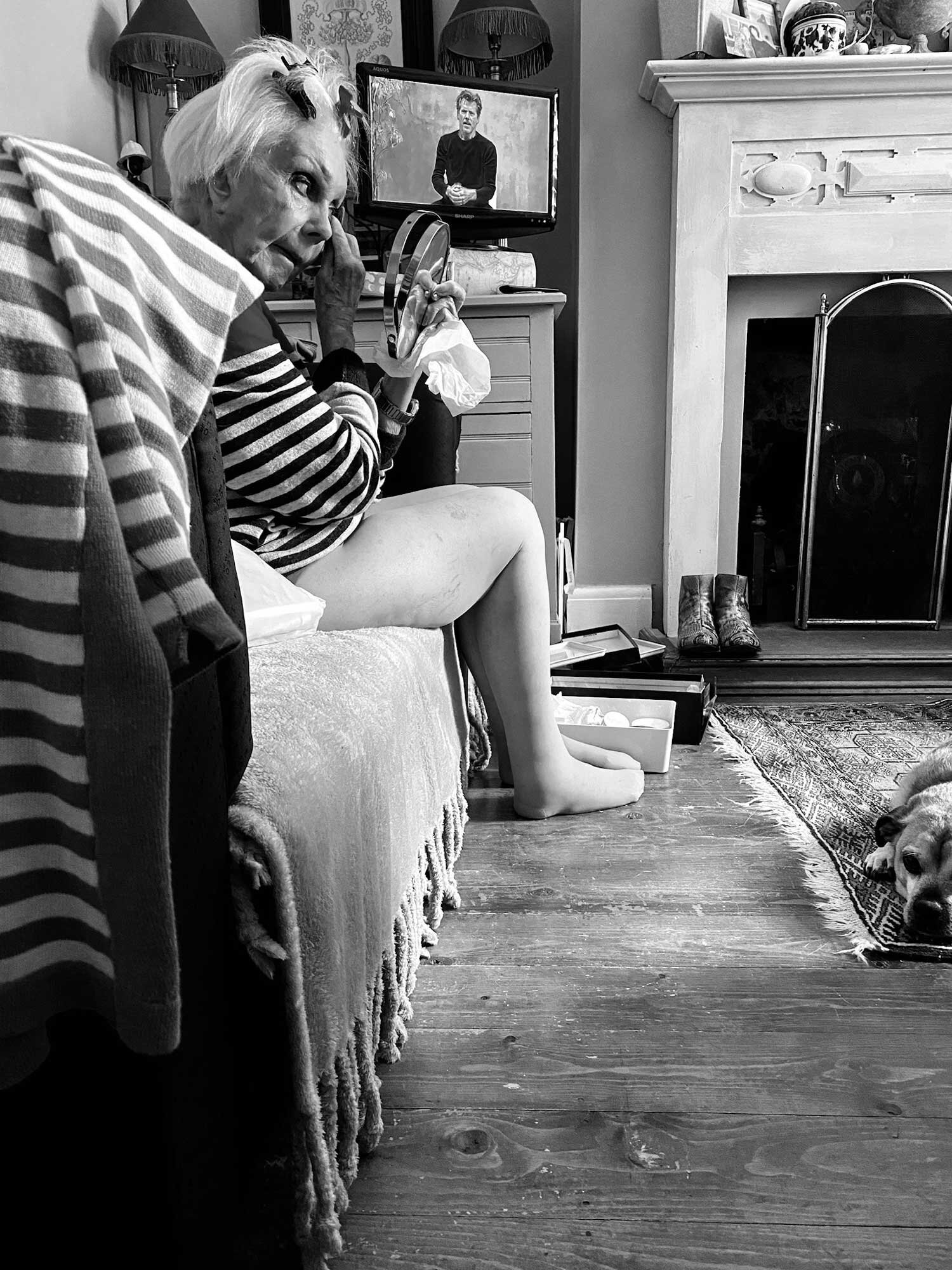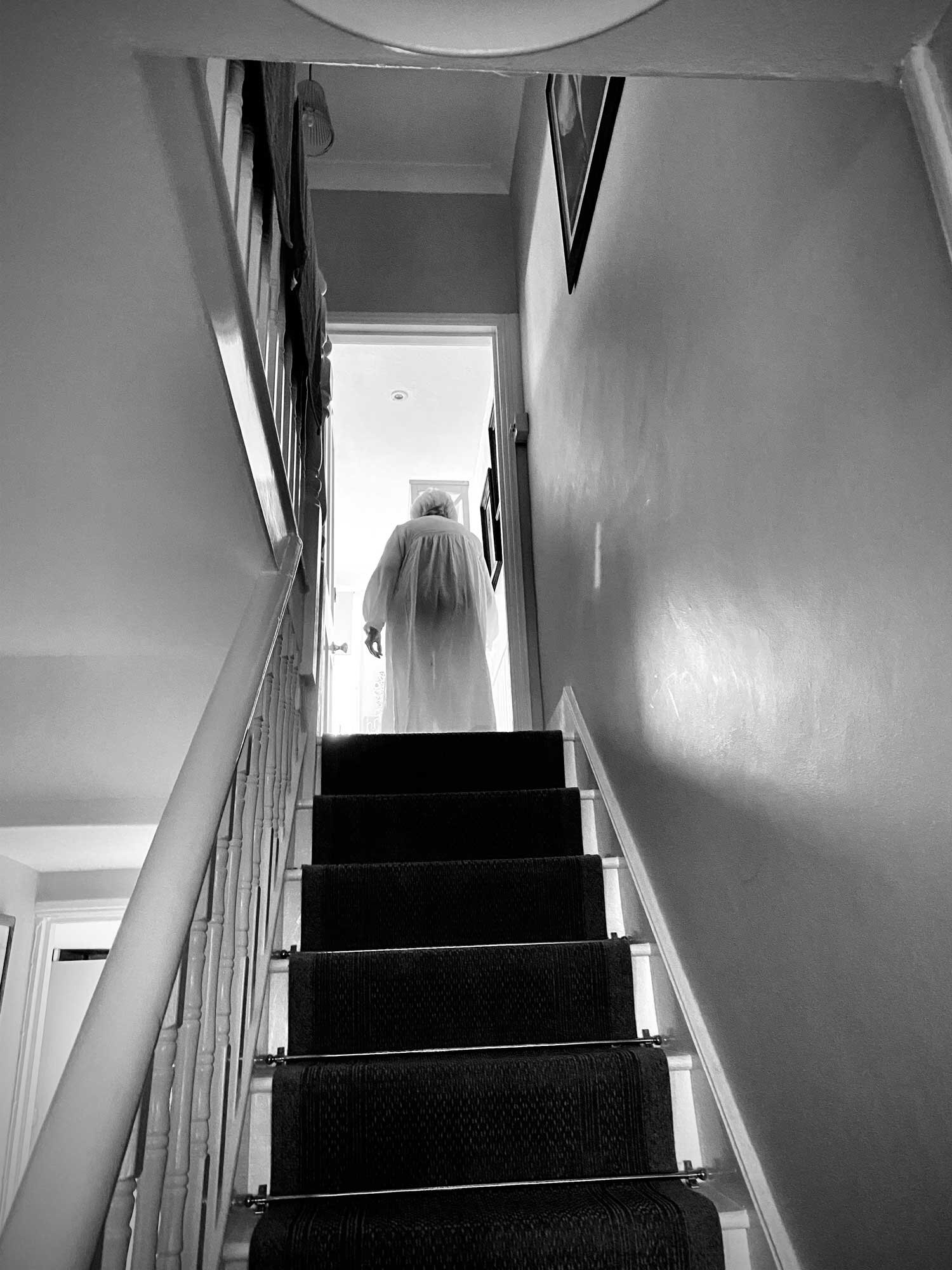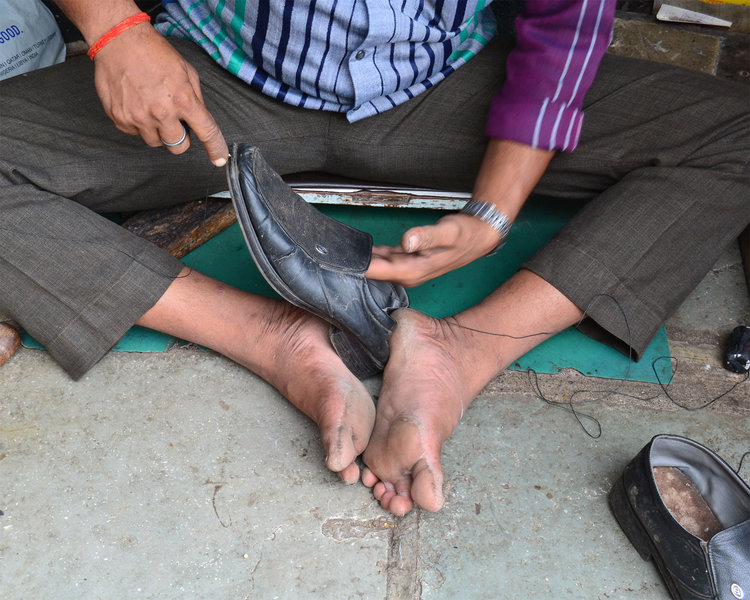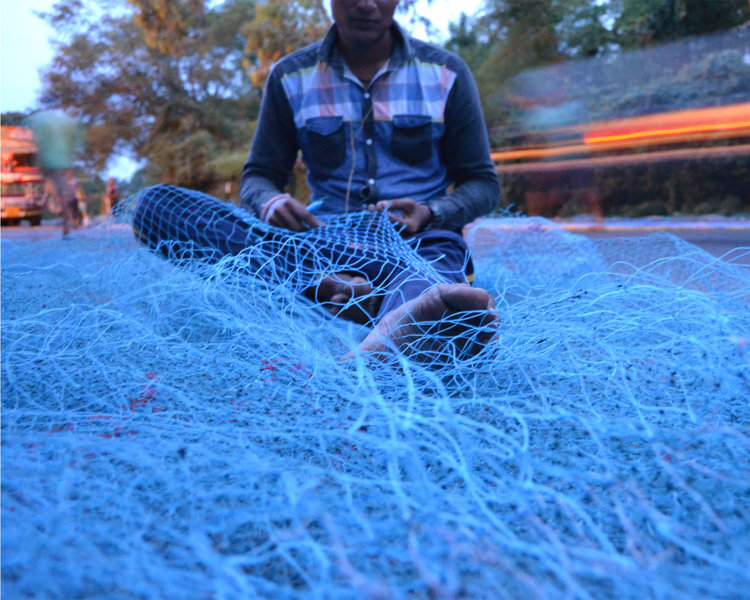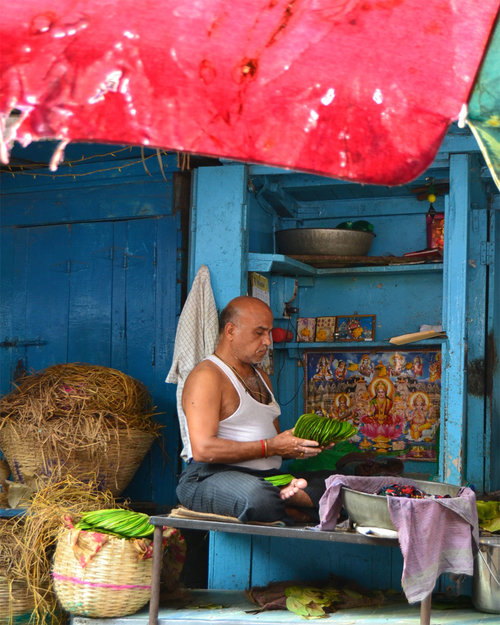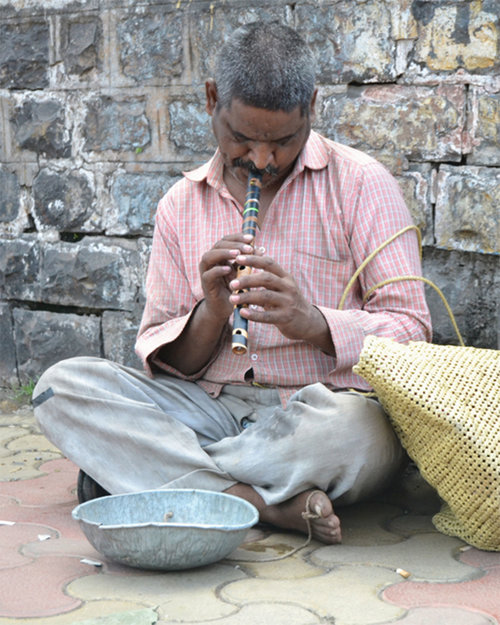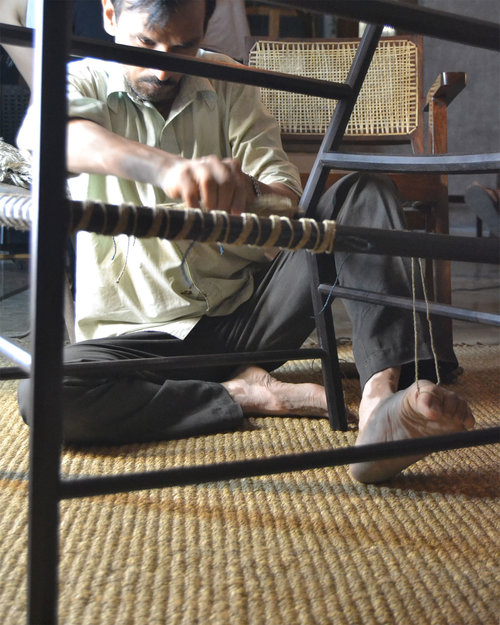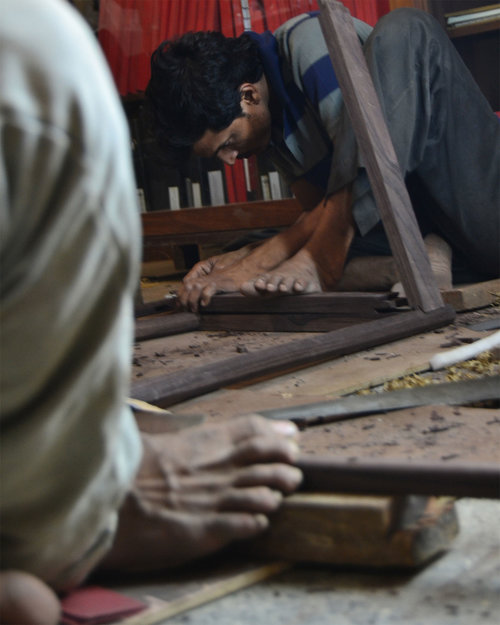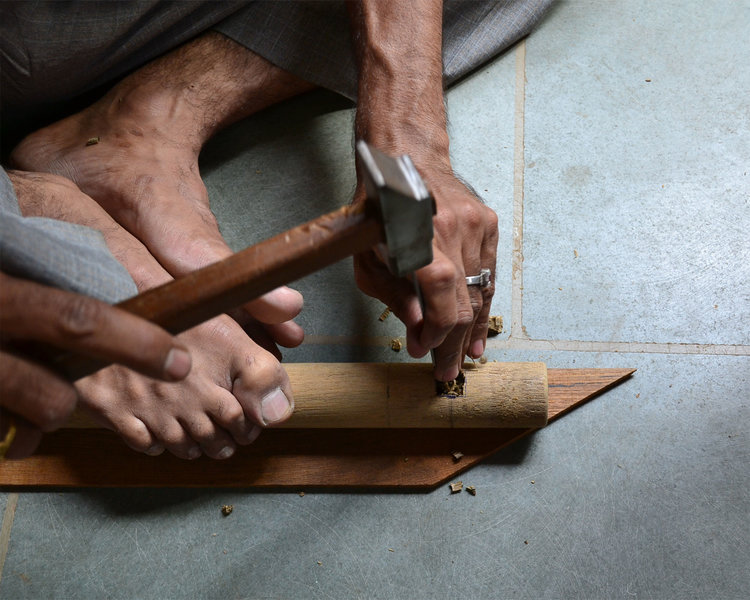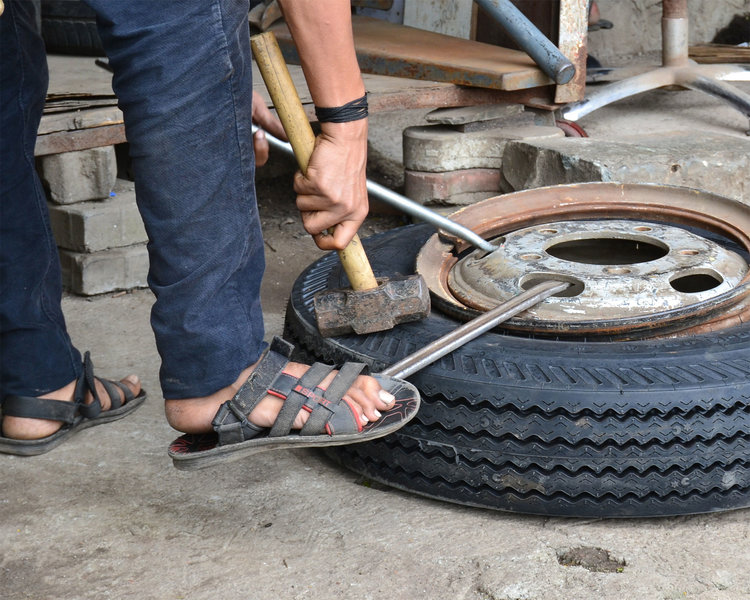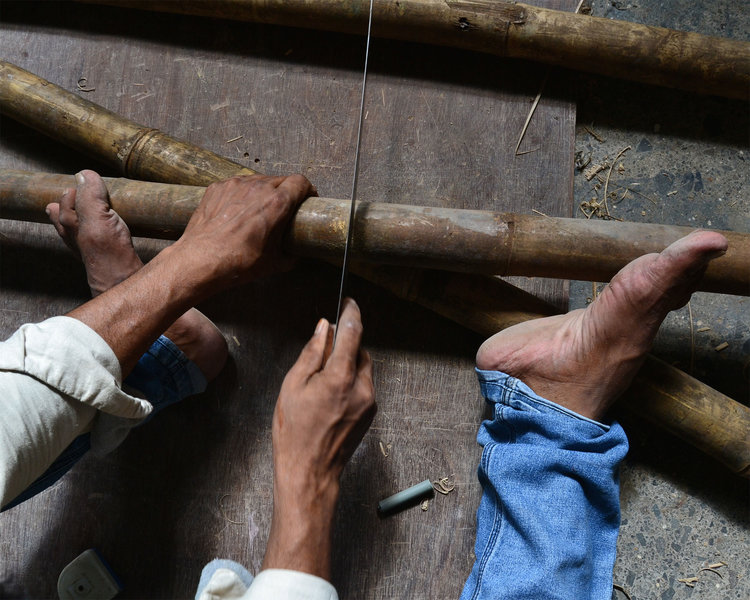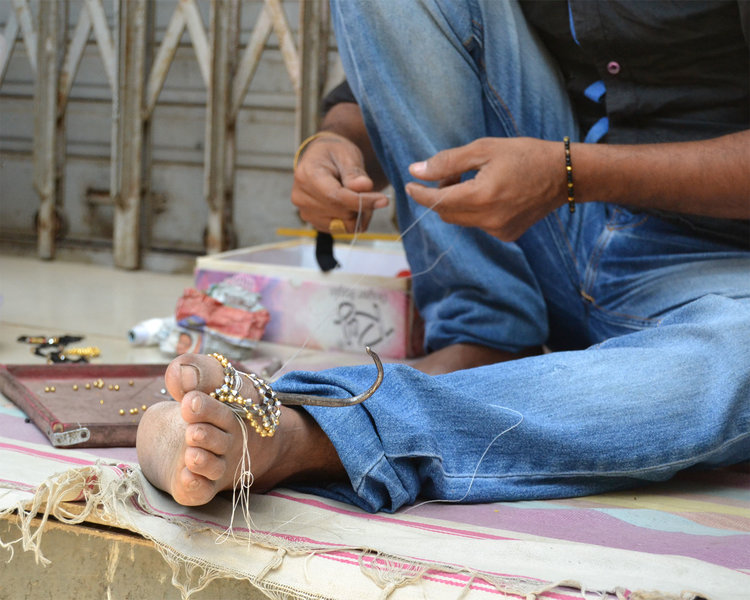This Is the Beginning Not the End
BY ANGELO BONETTI
Every day we proceed in our lives, in a suffocating routine,
with no awareness that any action has a purpose,
unfolding between exaggerated rationalism and repetitive actions,
prone to the alienation of being.
A silent restlessness annihilates our days.
Where is the error?
Hallucinated lies fill the illusions of the everyday, we are defeated,
we rely on fate.
The day ends, the night begins again.
We do not accept our limitations just as we take no pleasure in accepting ourselves,
every effort we make, every road we decide to take,
brings us back to the starting point where desires are shattered,
with a fixed stare and a stifled cry,
we wait helplessly for answer to our questions,
no one listens to us and we continue stubbornly toward a quest for personal happiness,
we try to accumulate trophies to show off
rather than experiences that make us grow and improve.
An endless cycle and at the same time a movement
that cancels itself into itself,
does not exist, disappears.
The night ends, the day begins again.
Faced with endless possibilities, we stand still, we are overwhelmed by lite,
but we do not embrace it as it is without expecting anything,
we resist and nausea assails us, we are lost in an endless night.
Heartbeats become irregular, body temperature changes,
muscle tension also,
something we don’t know or don't want to name clouds our thoughts,
the mind commands us.
The day ends, the night begins again.
As we look at the sky, which always looks the same to us,
we notice that slowly the clouds disappear,
that what we see now, within a short time
we can no longer make out,
the sense of dizziness leaves us.
Now we are present and think therefore, did all this ever exist?
This is the beginning not the end.
SHORT BIOGRAPHY
Angelo Bonetti (b. 1976, Turin, Italy) is a visual artist who works with photography, mainly a self-taught photographer who over the years has pursued and developed his own language. Bonetti creates works that generate different contents, associations and meanings that come into conflict. Space becomes time and language becomes image. His works have a strong vision in the approach to life and its everyday life, a continuous interest in what surrounds him, deepening themes such as memory, time and the connections of his personal stories, questioning the conditions of appearance of images, representations and ideas in the context of the contemporary visual culture in which they normally work.






























